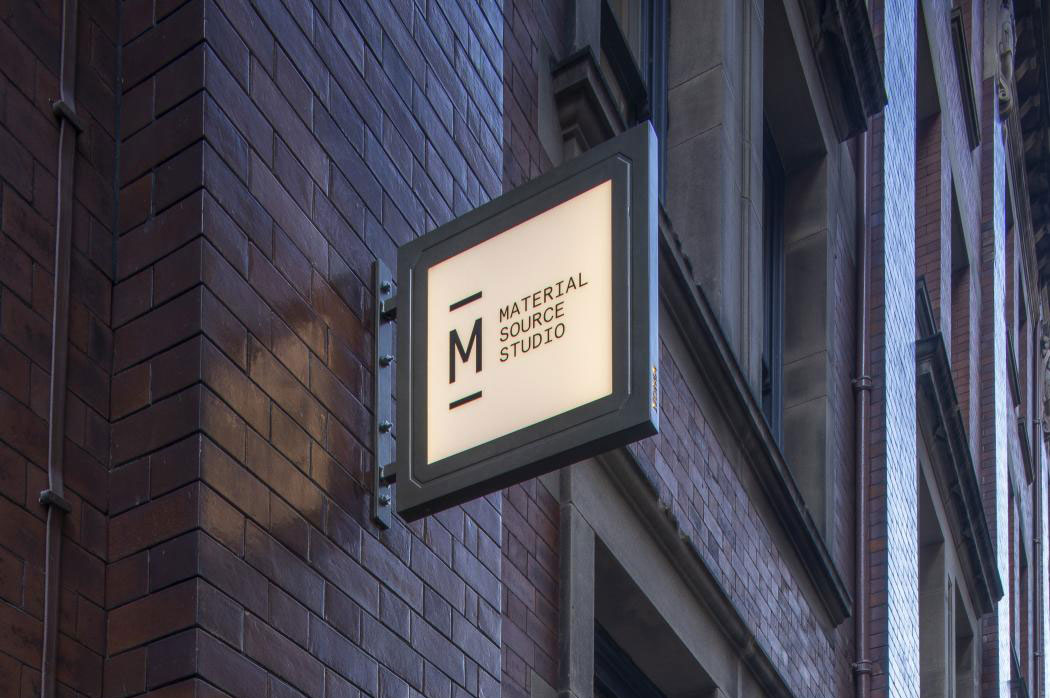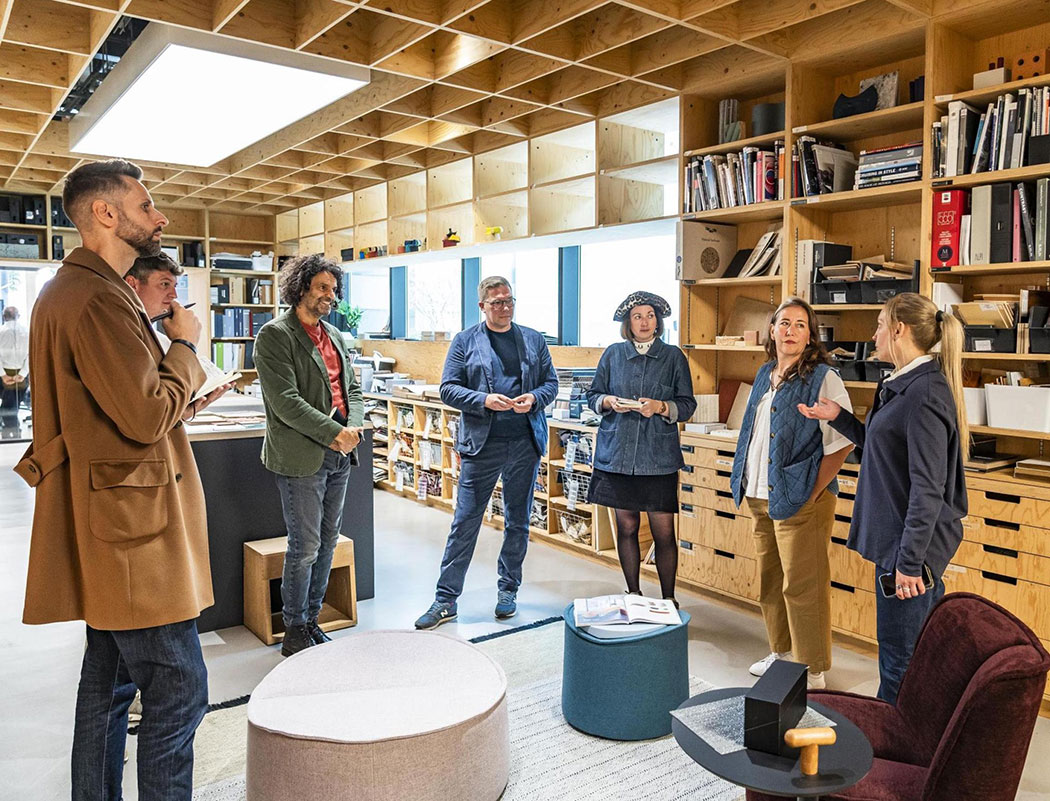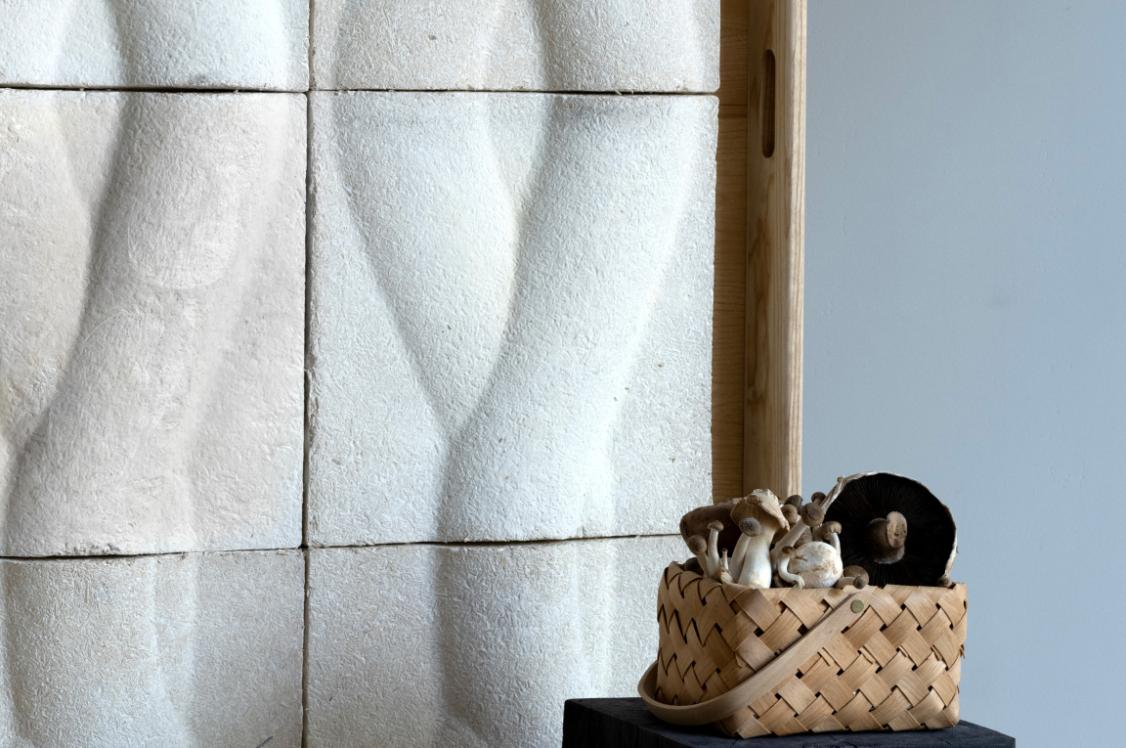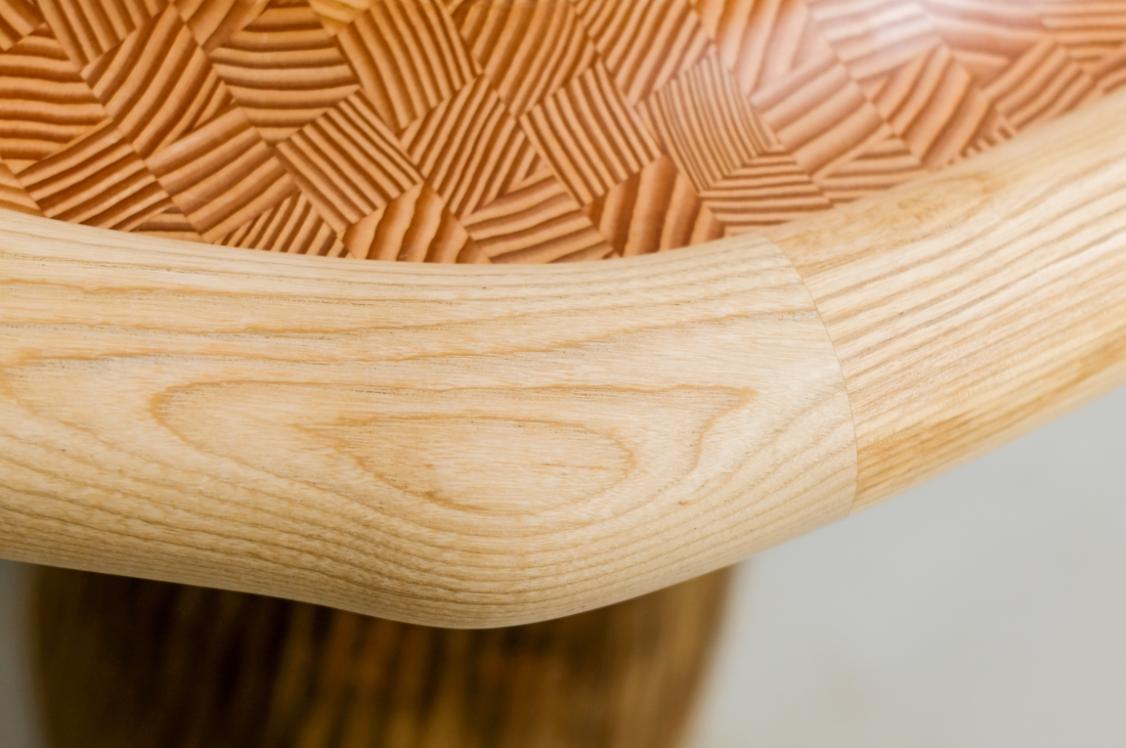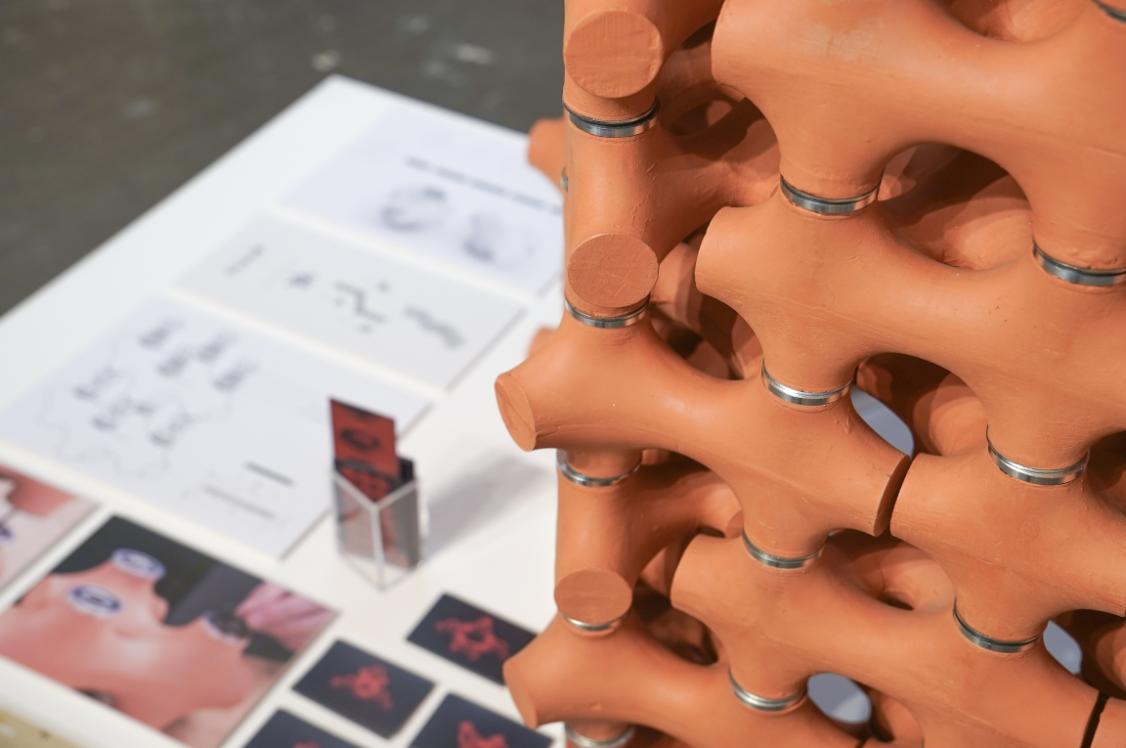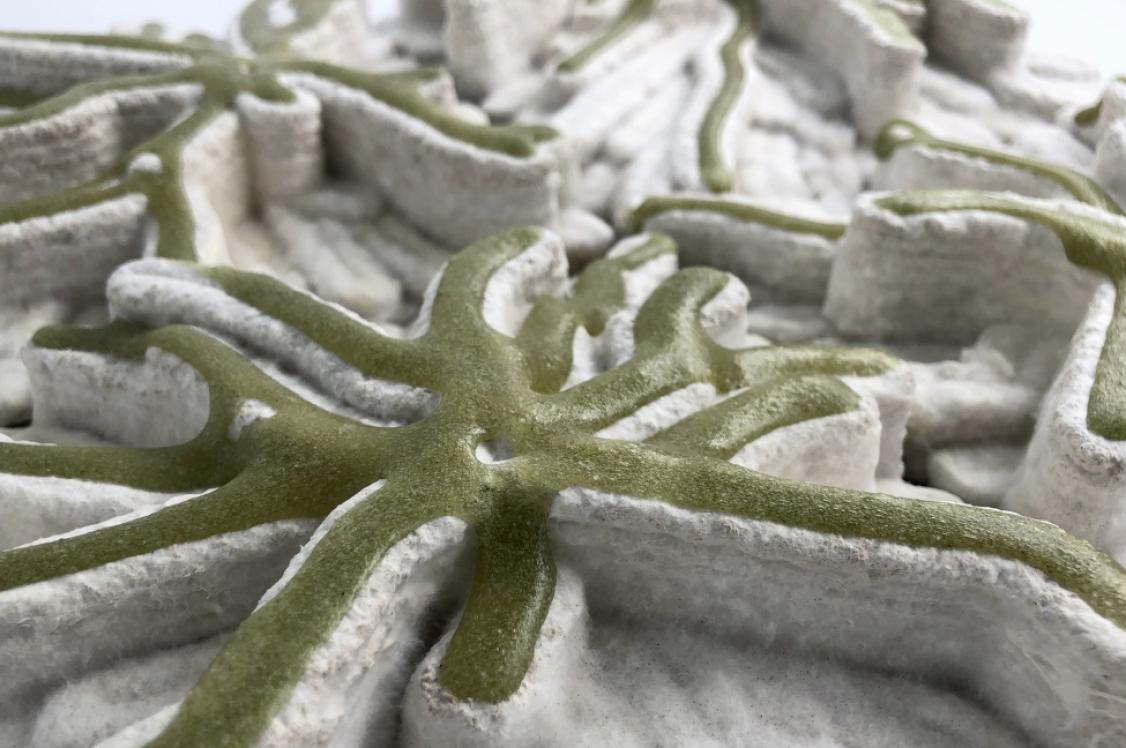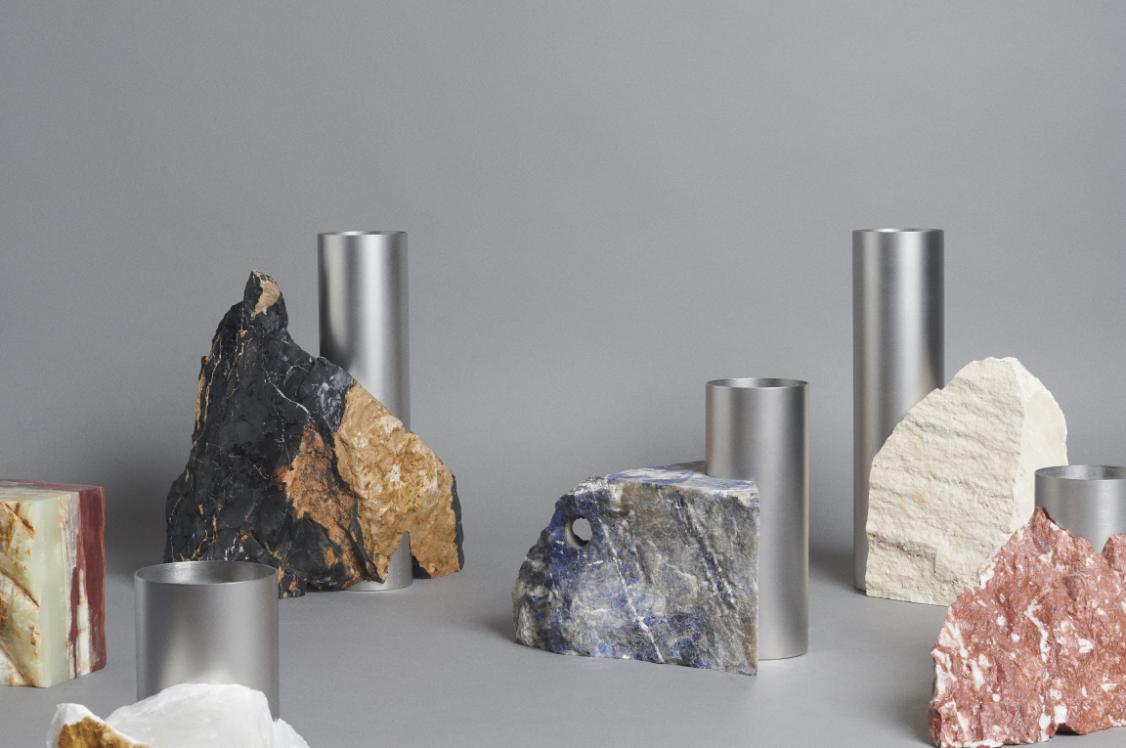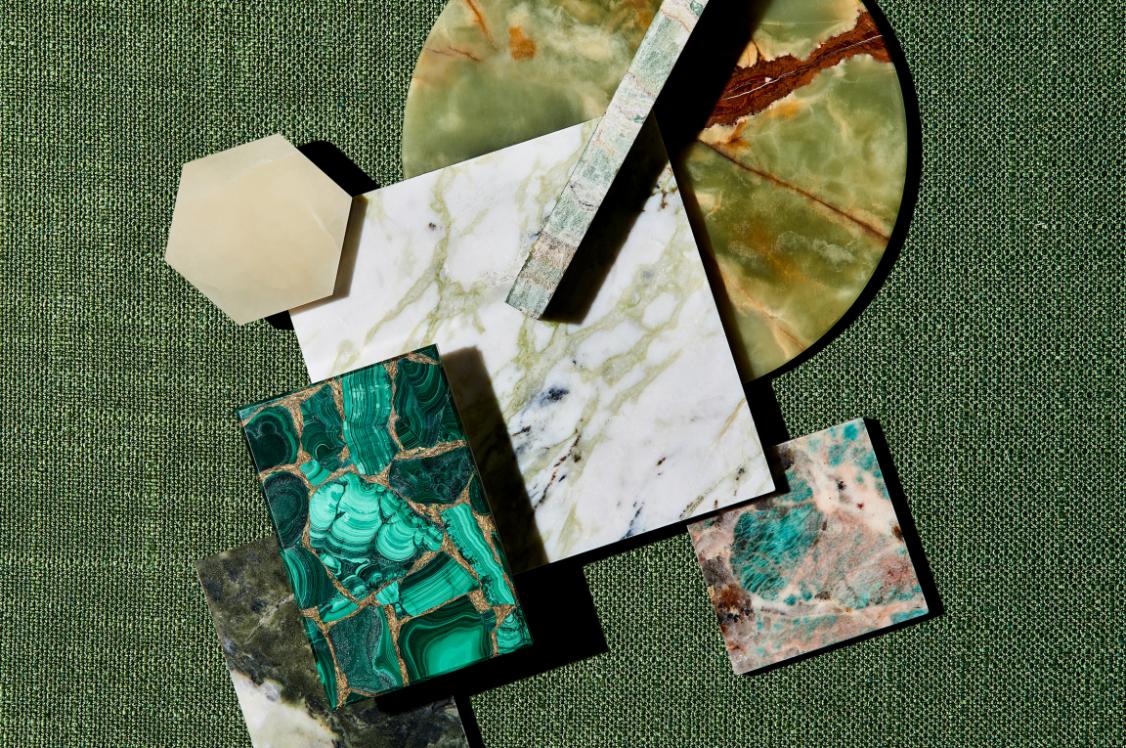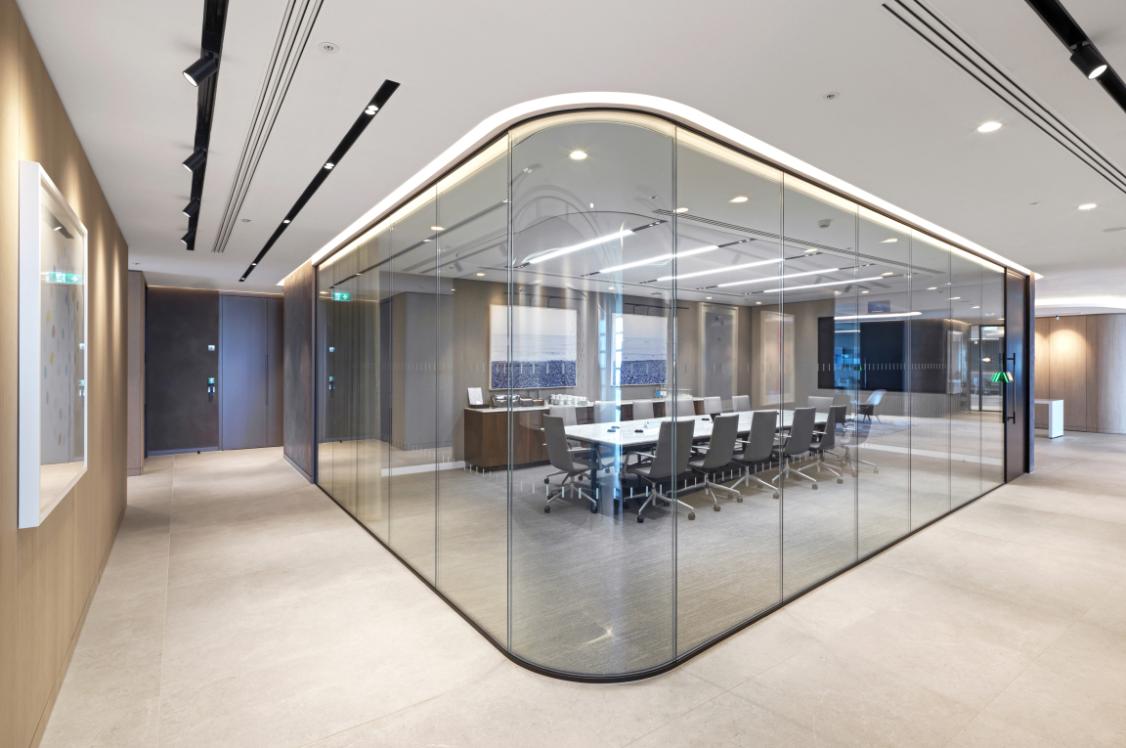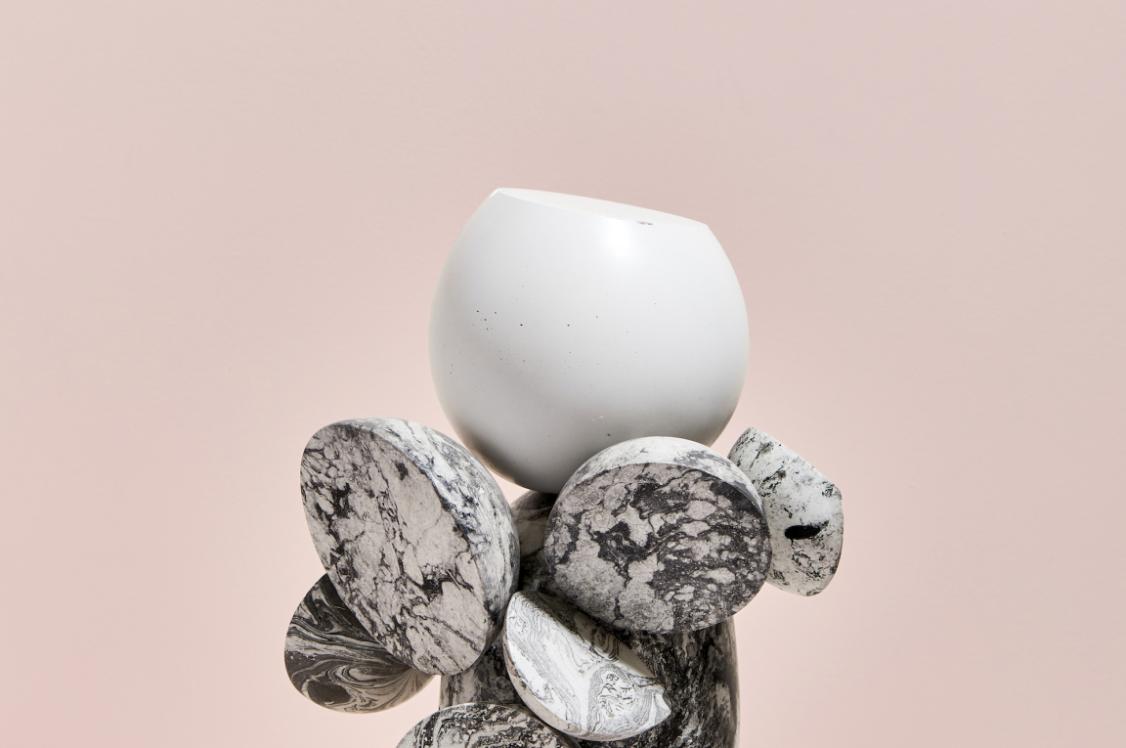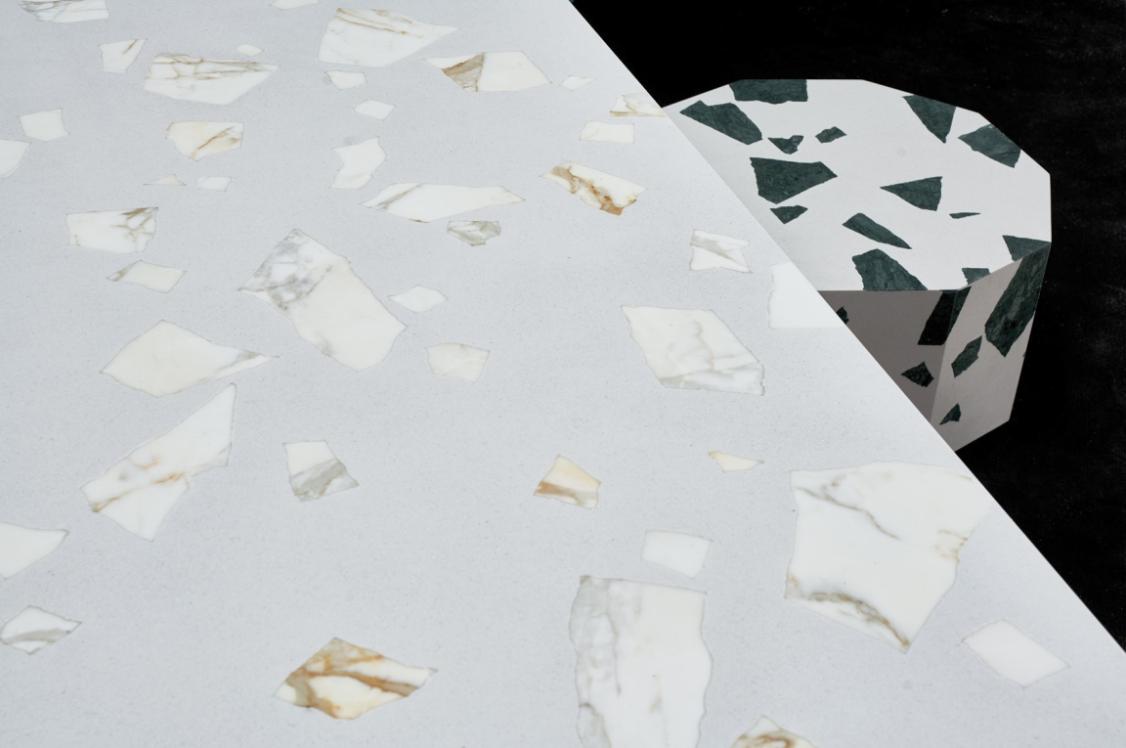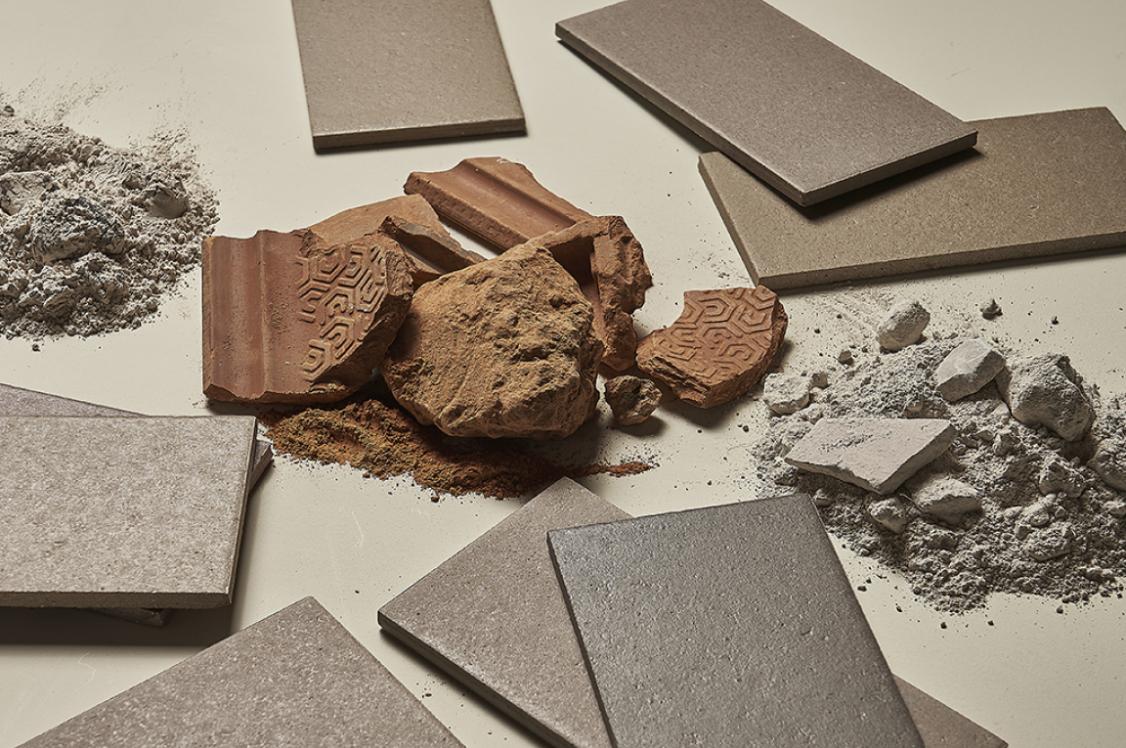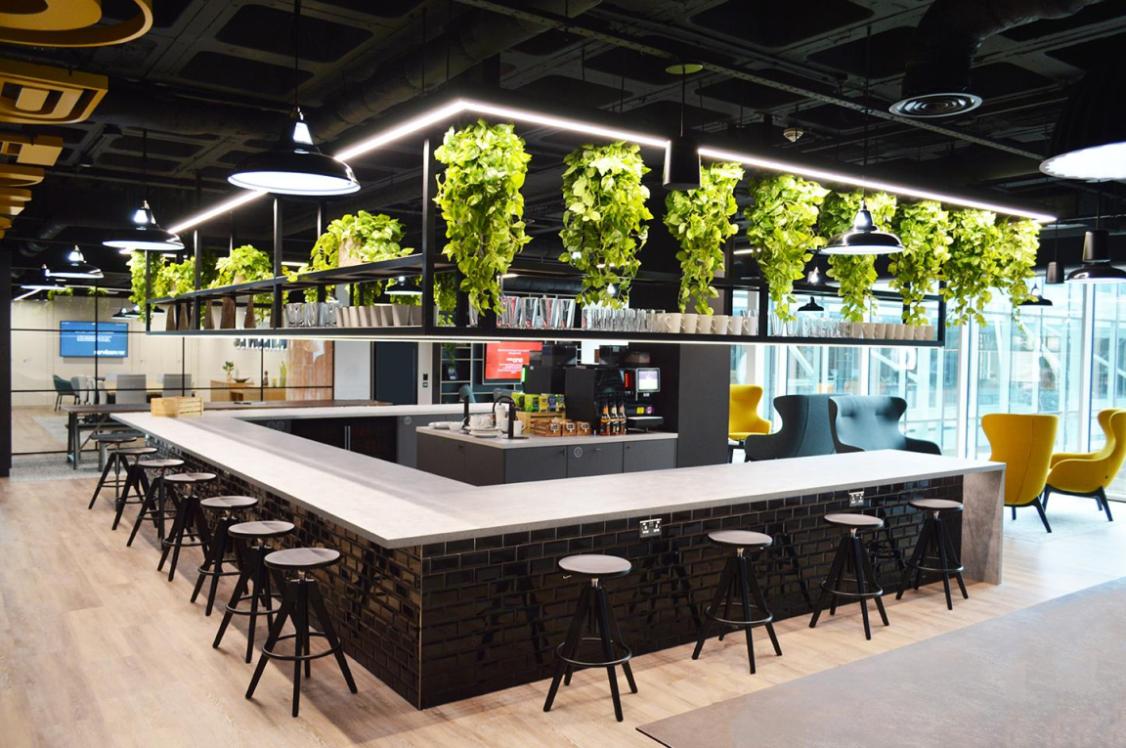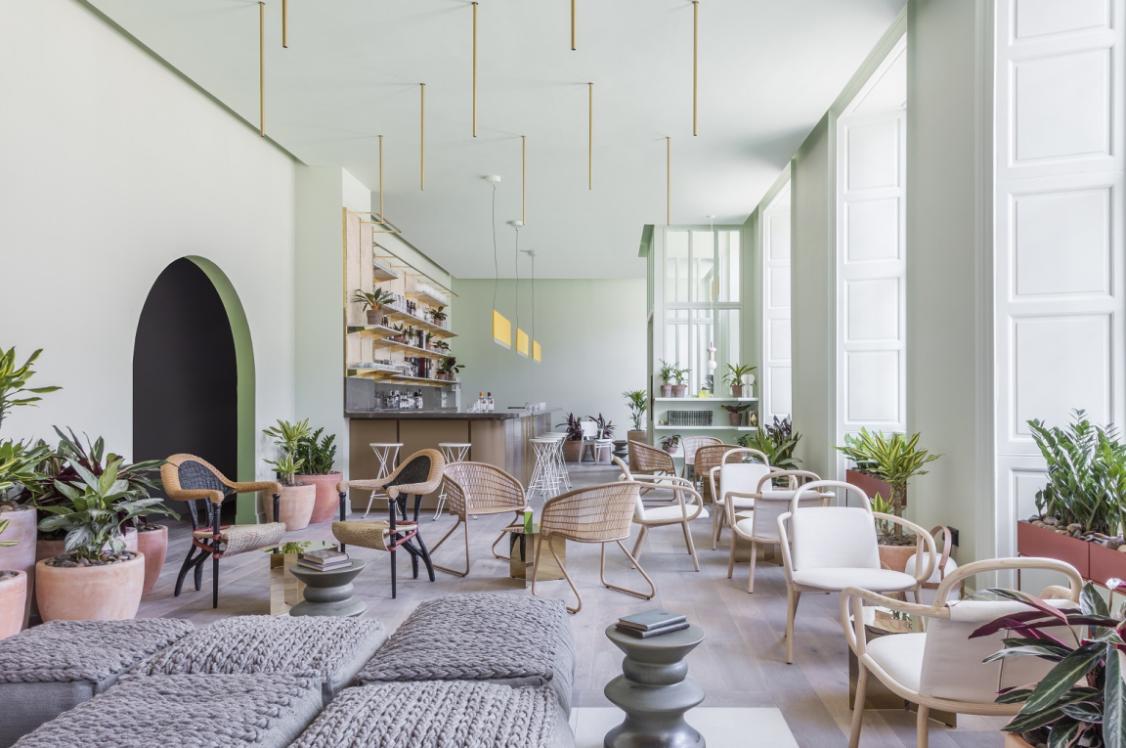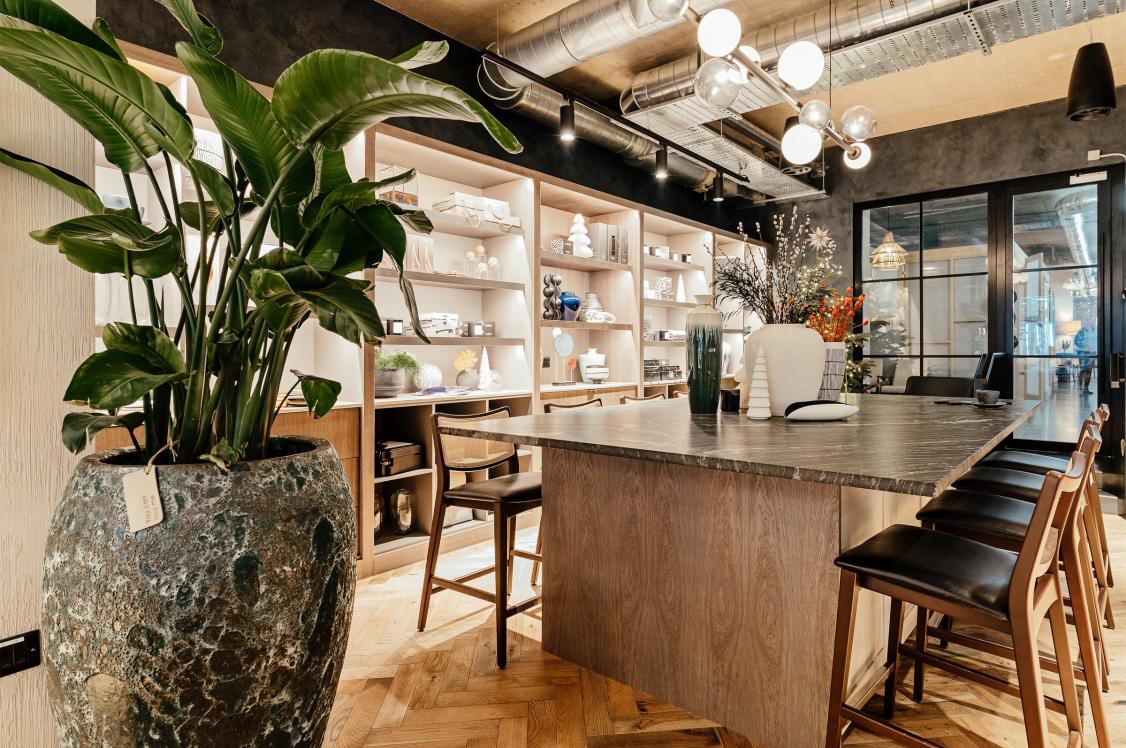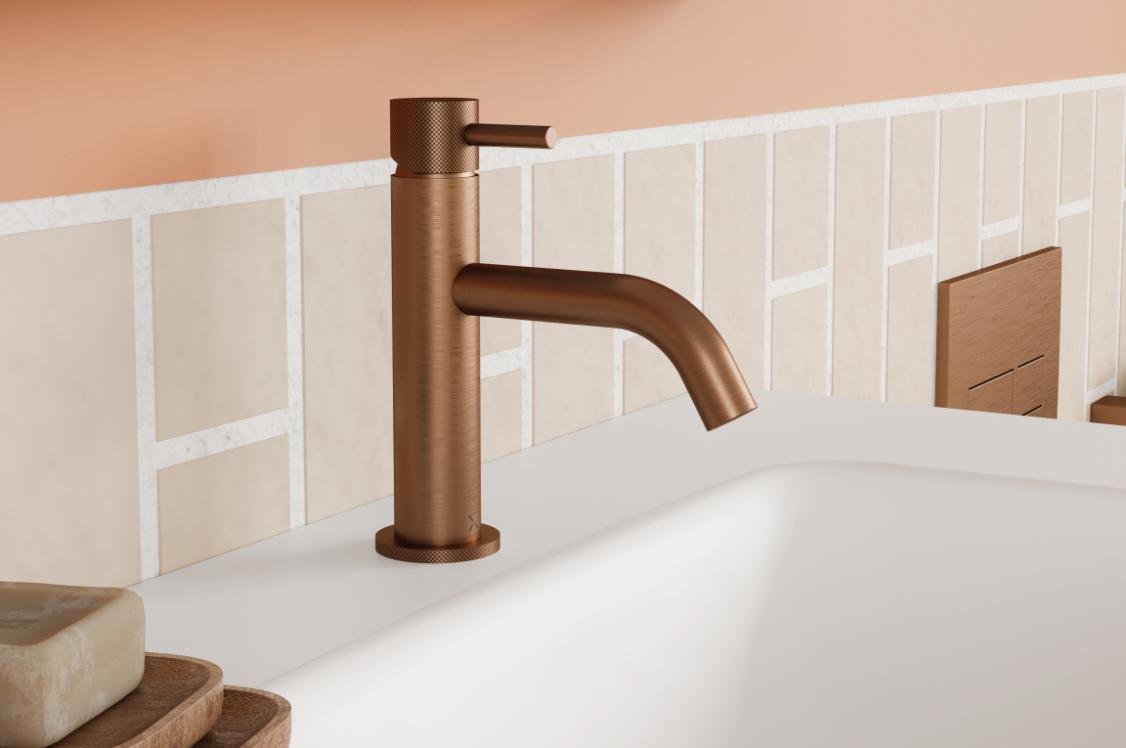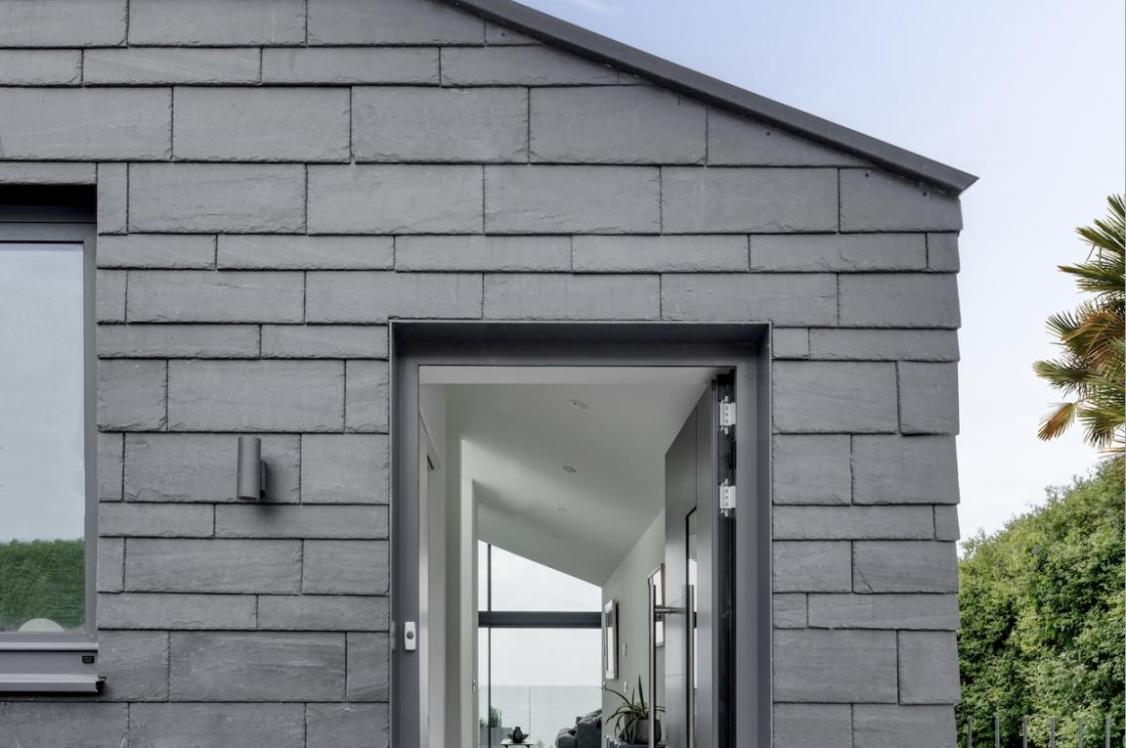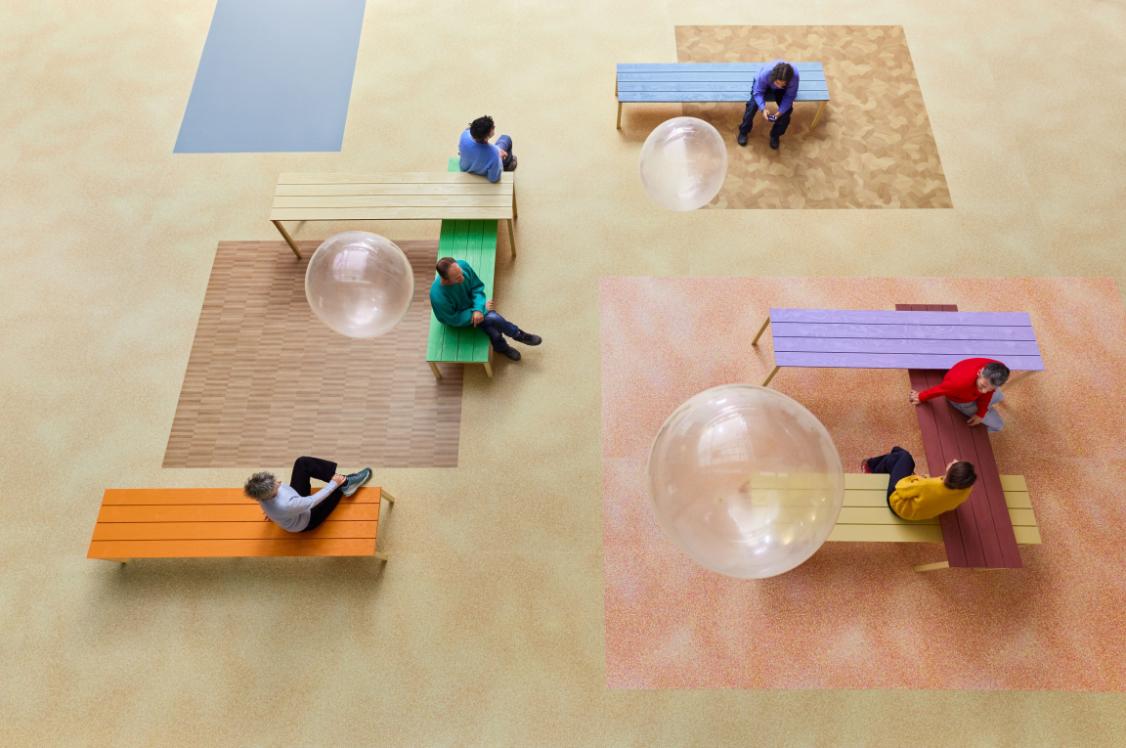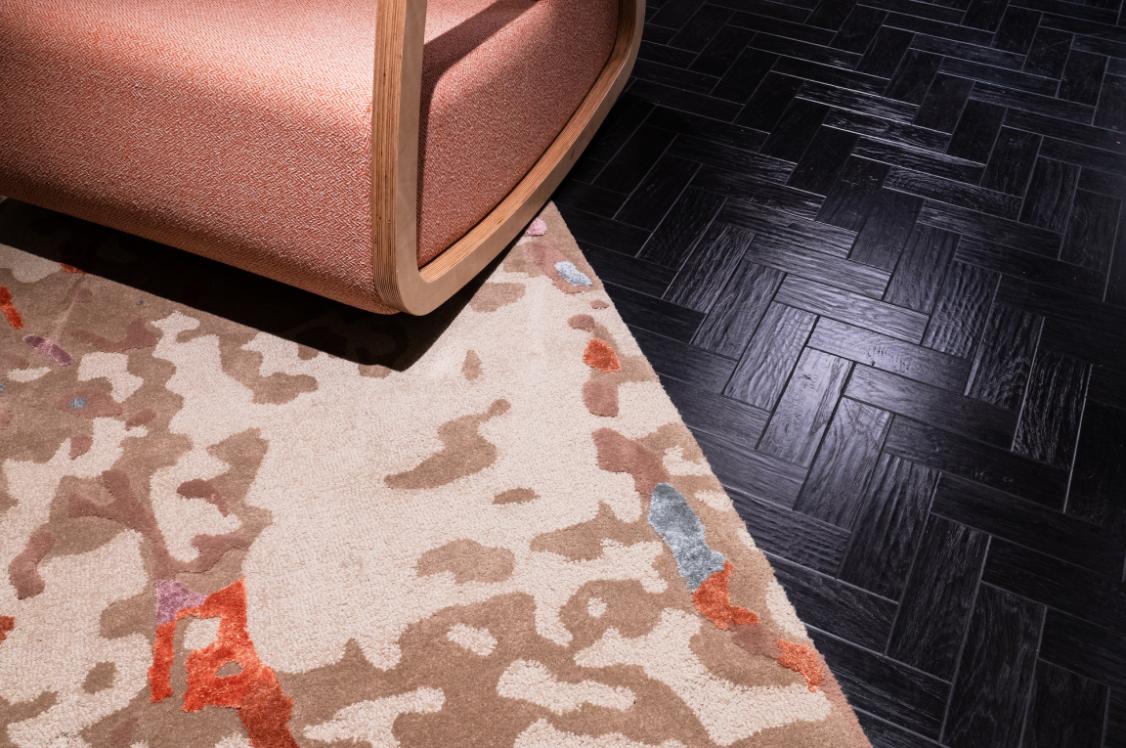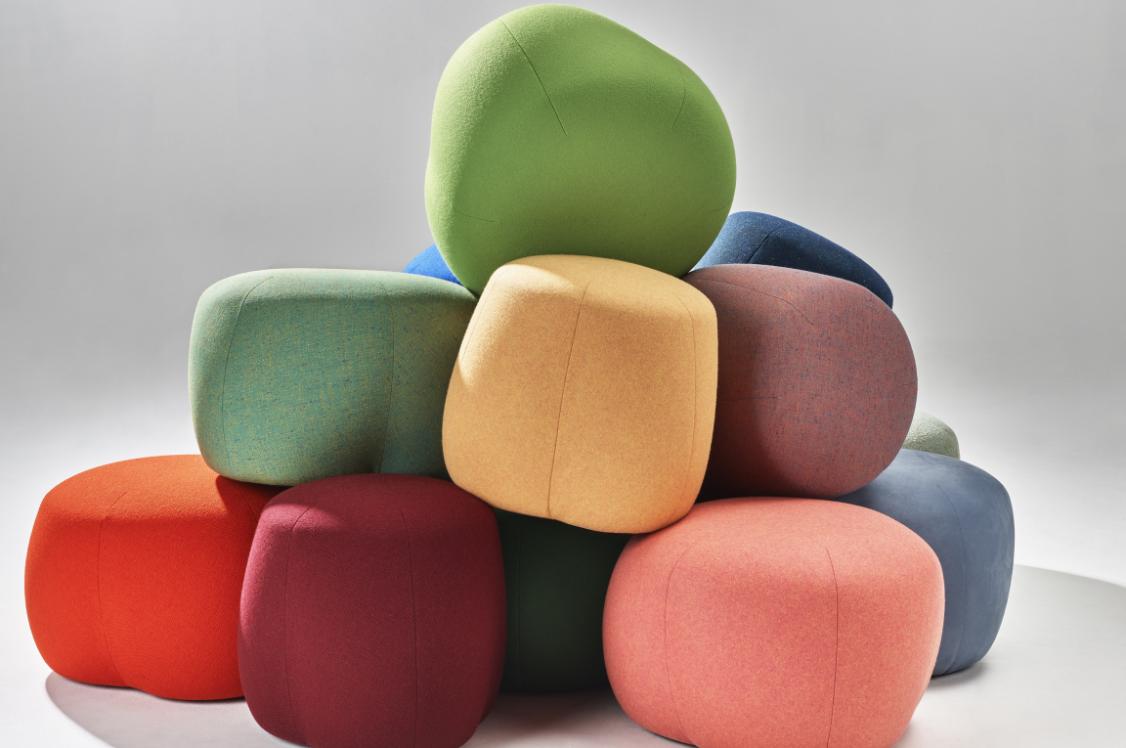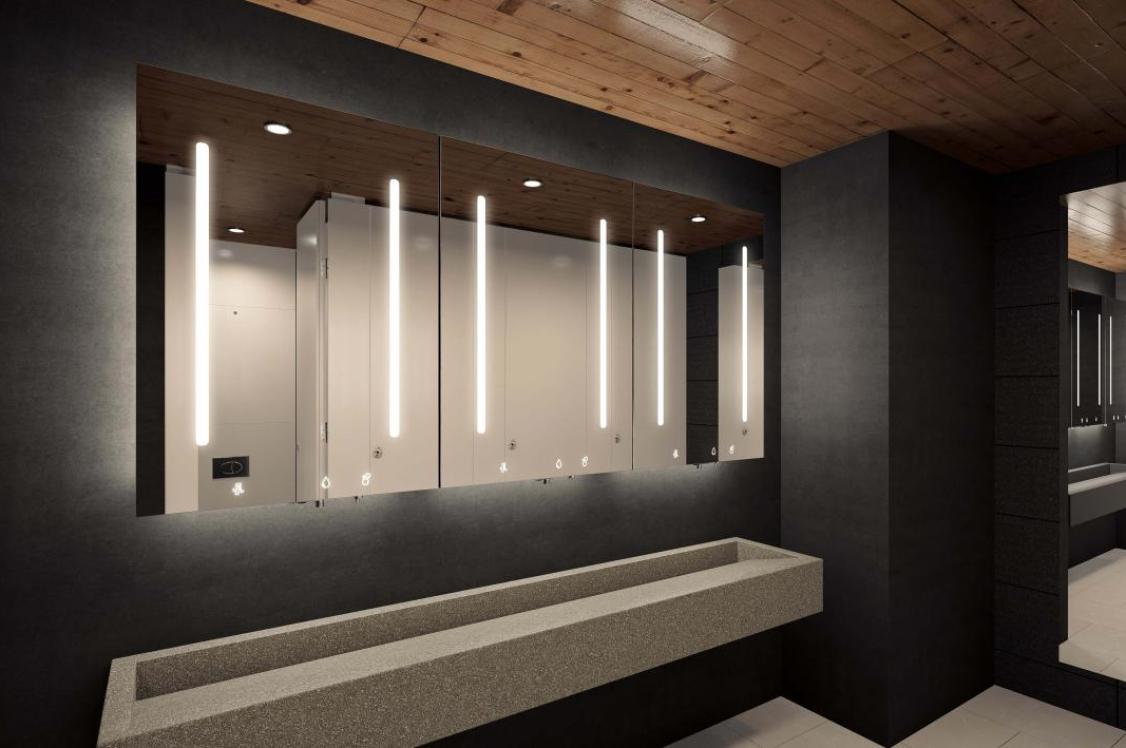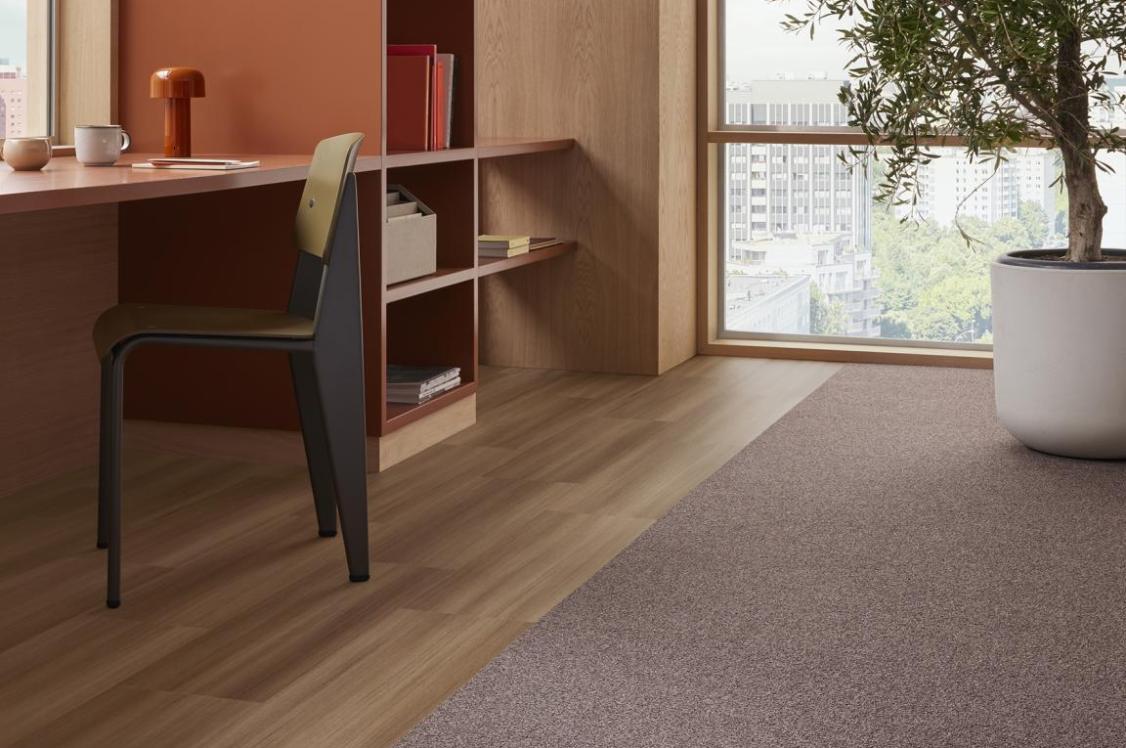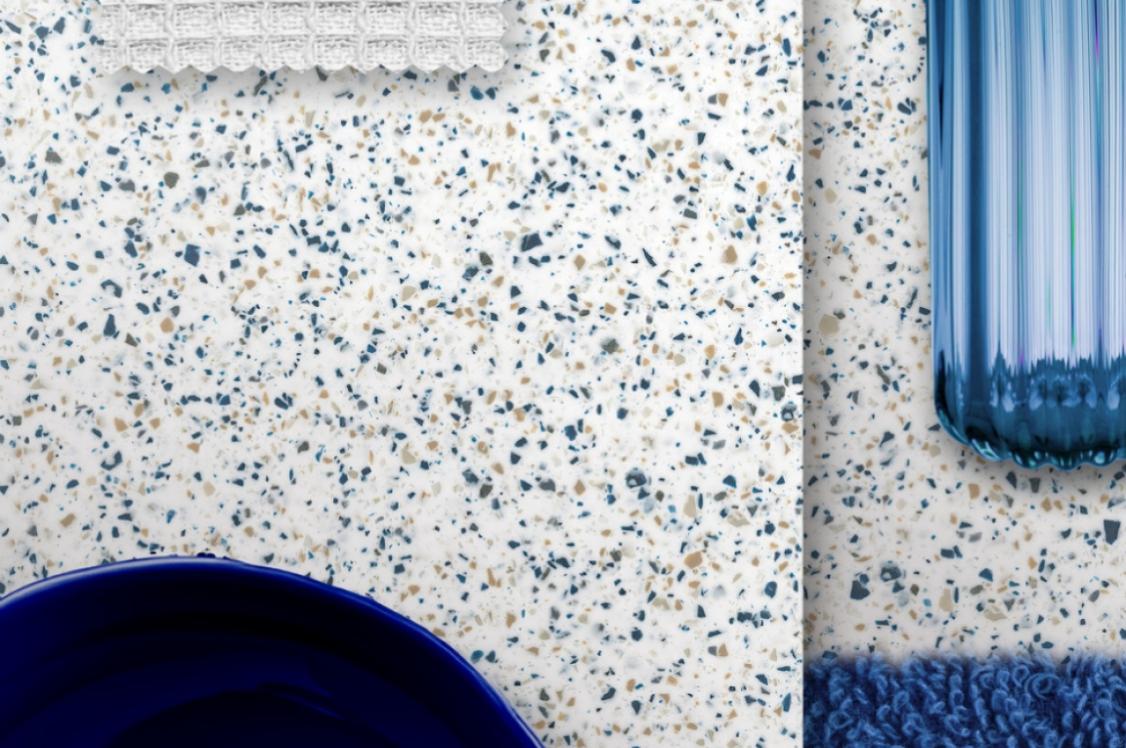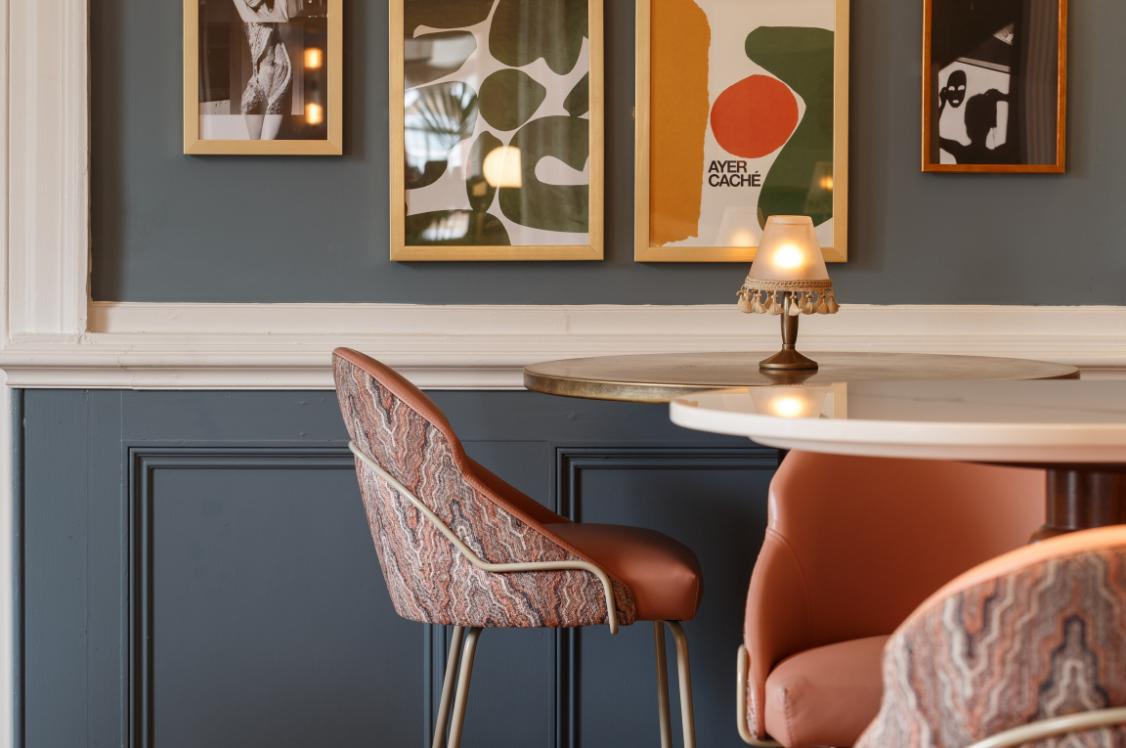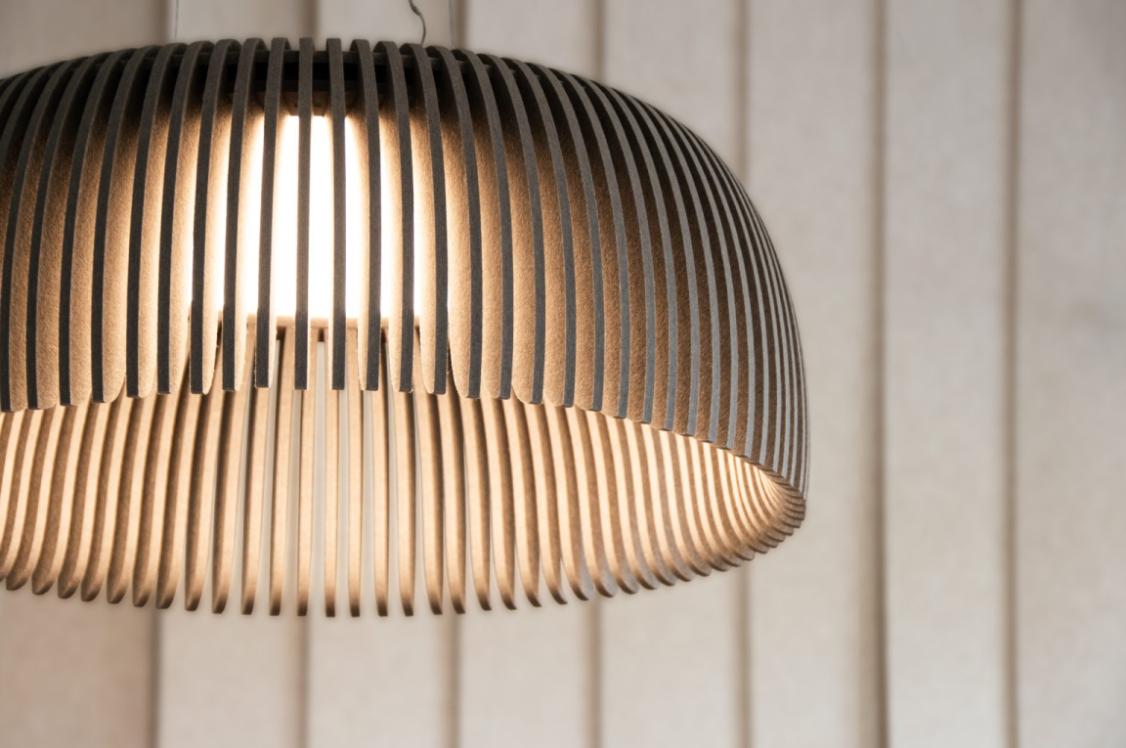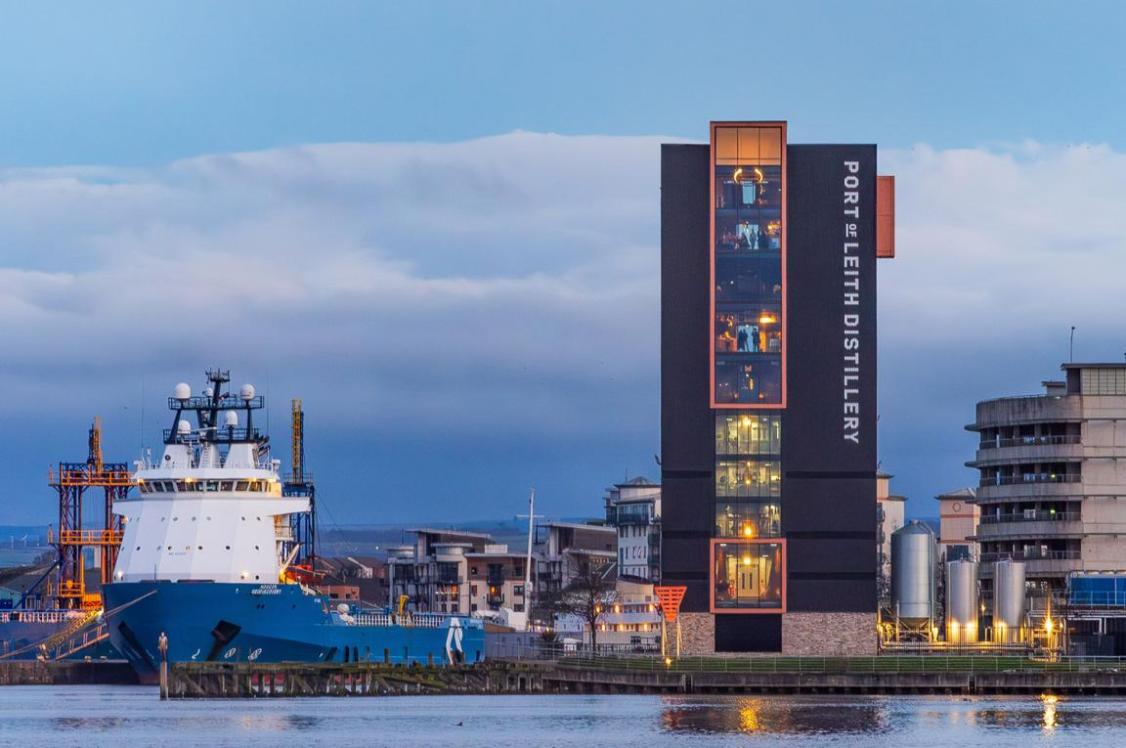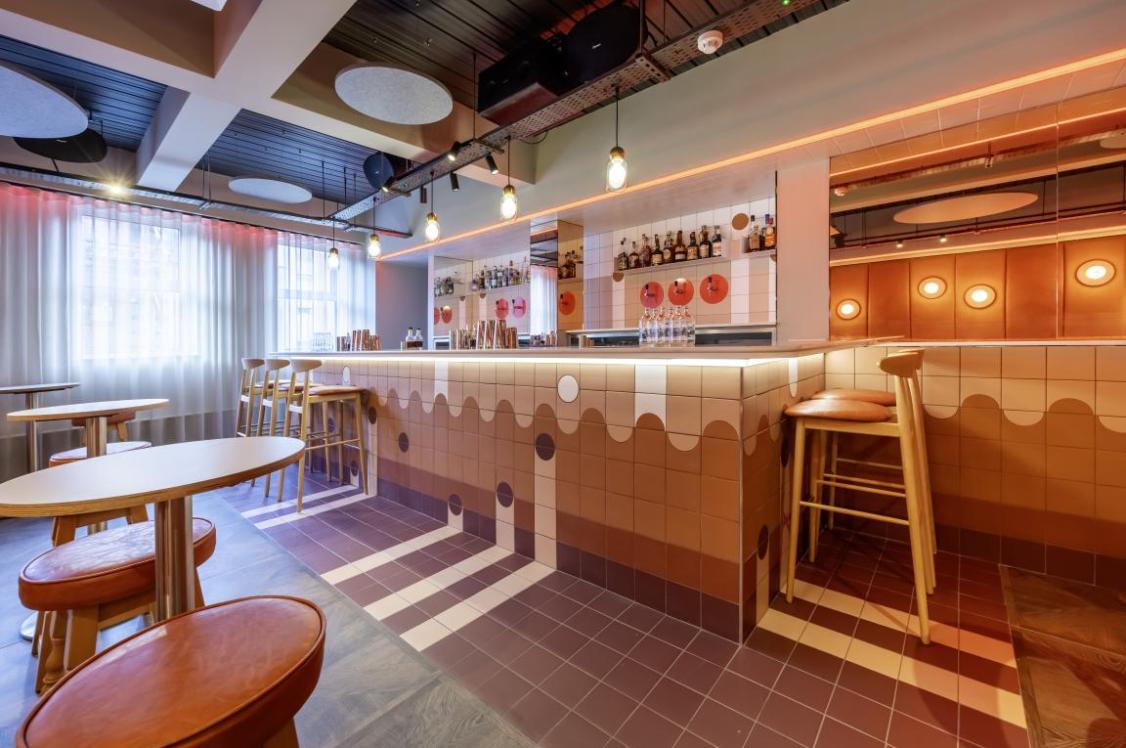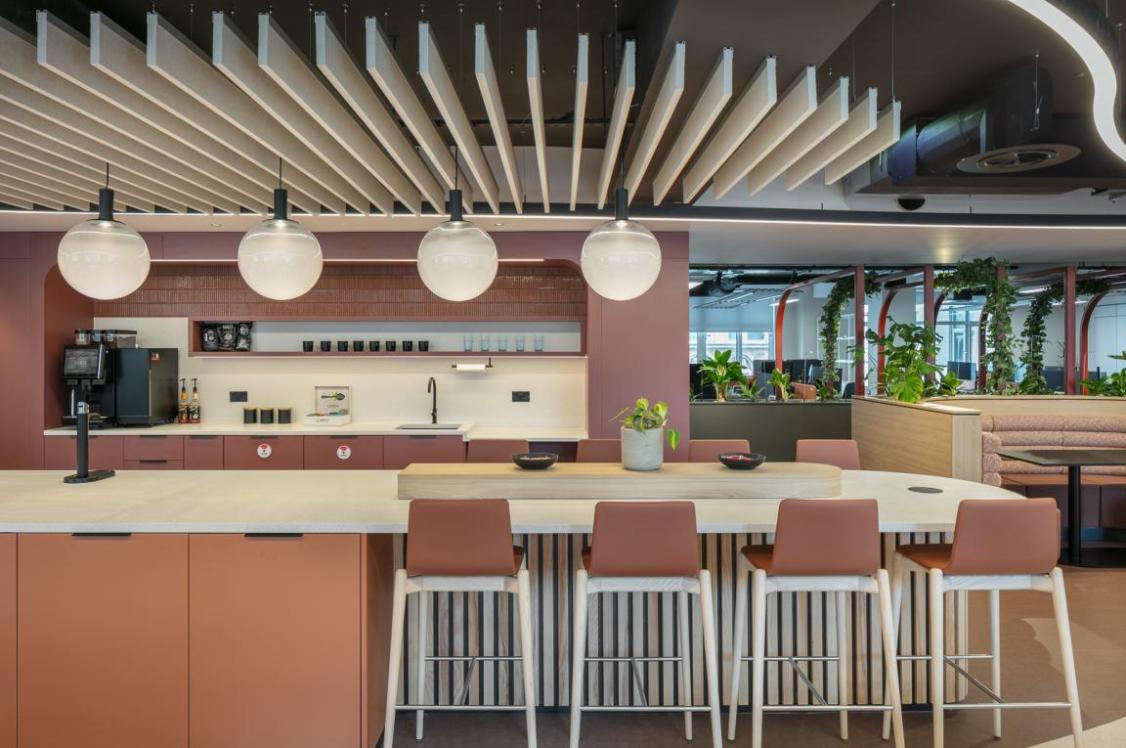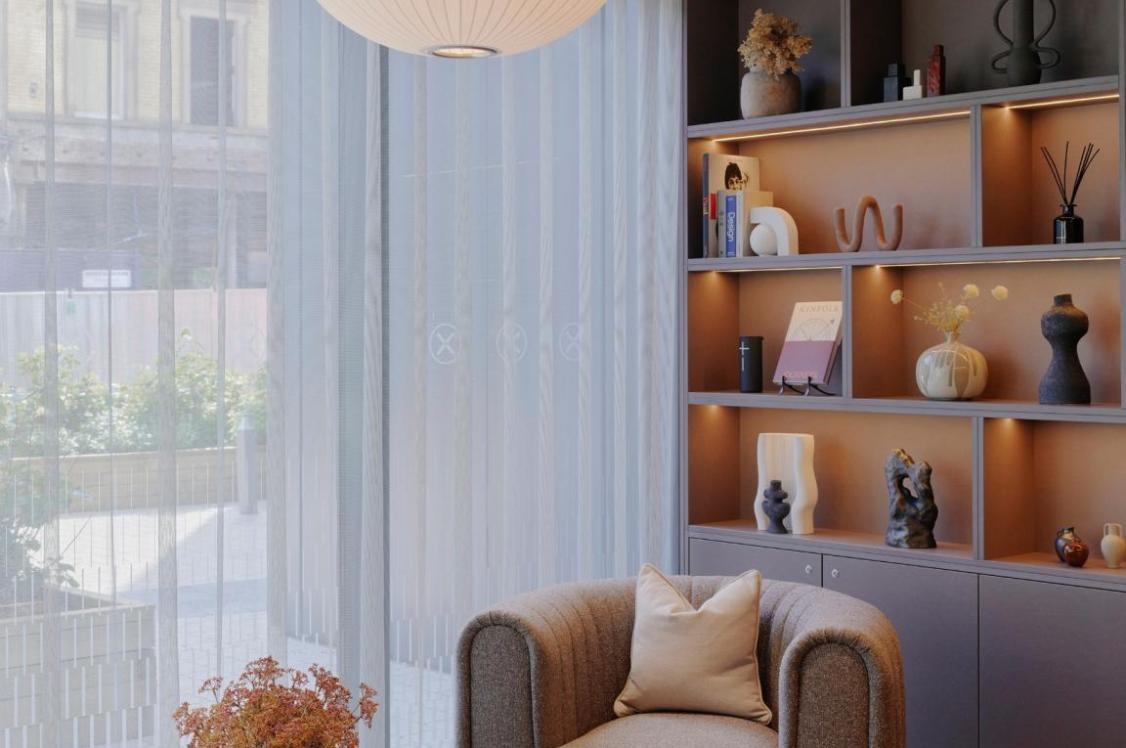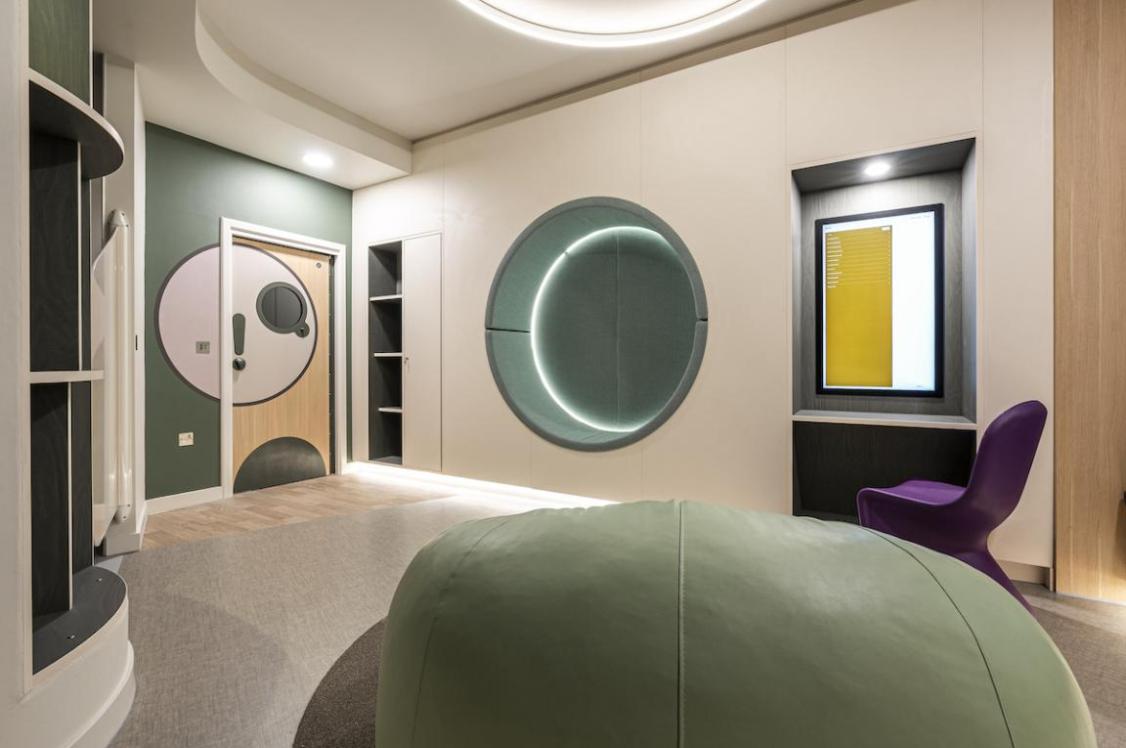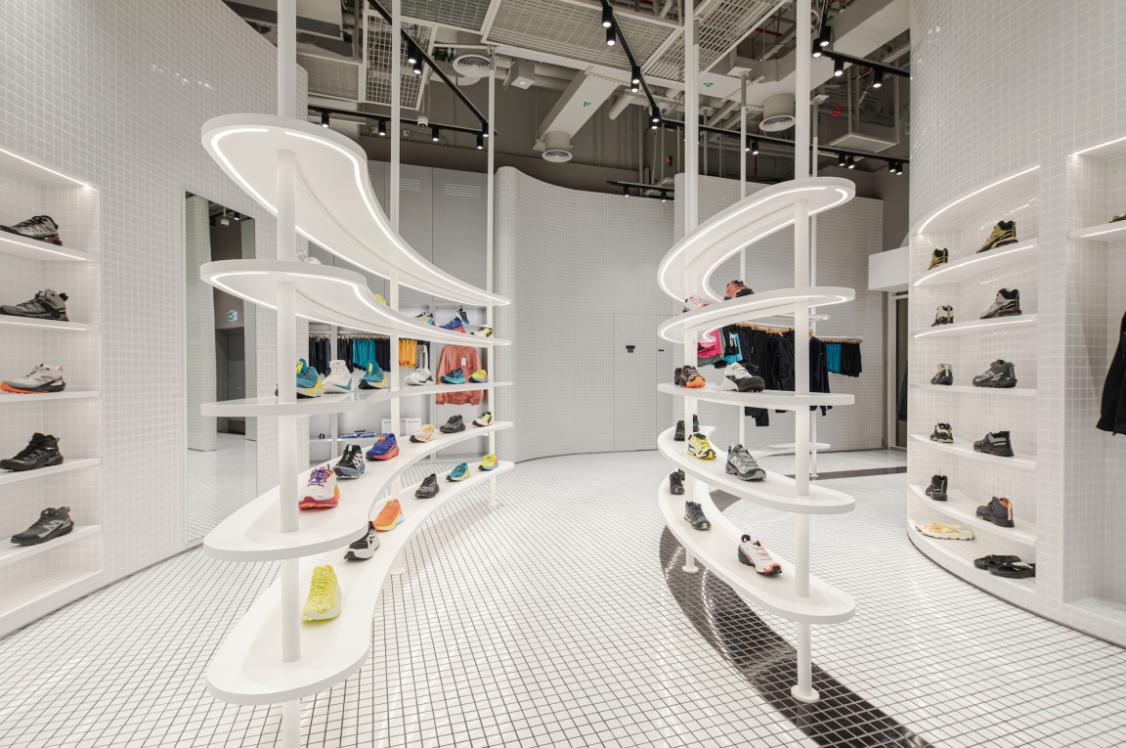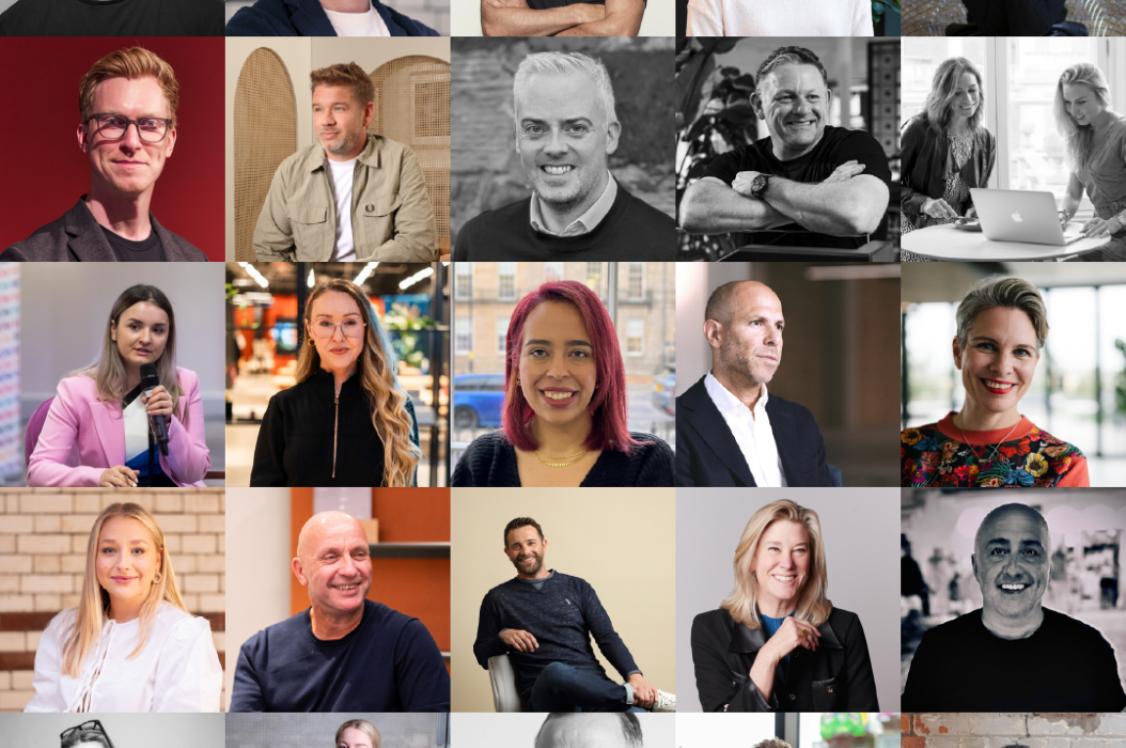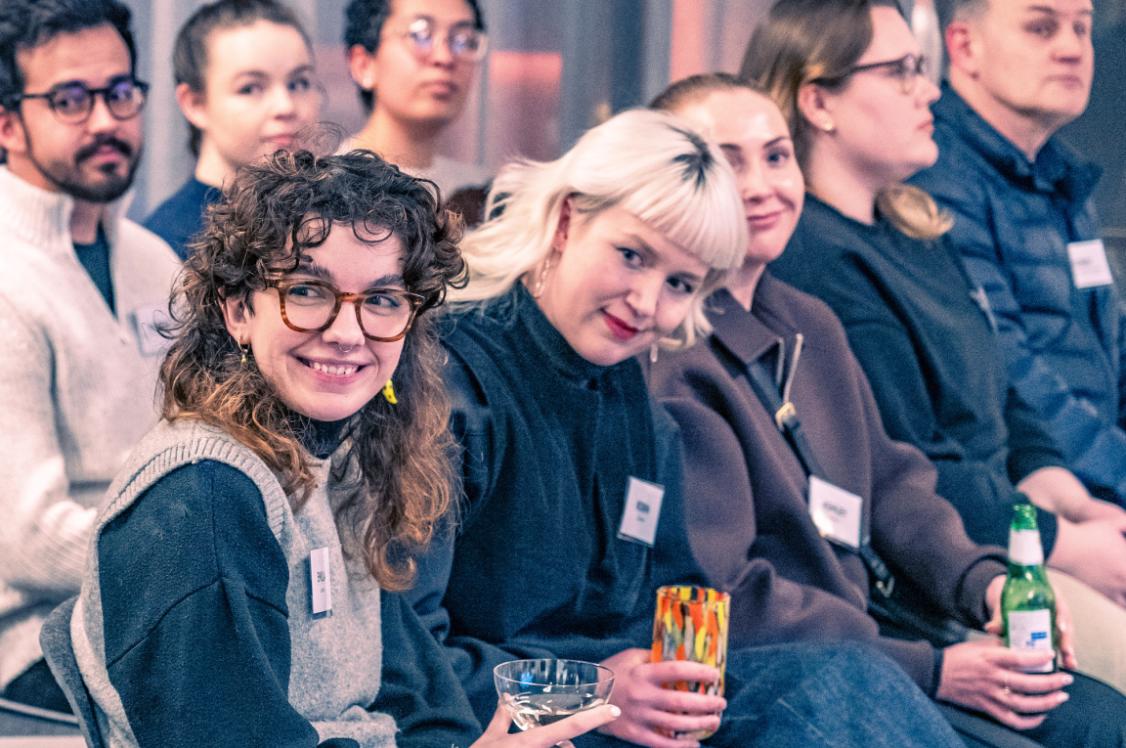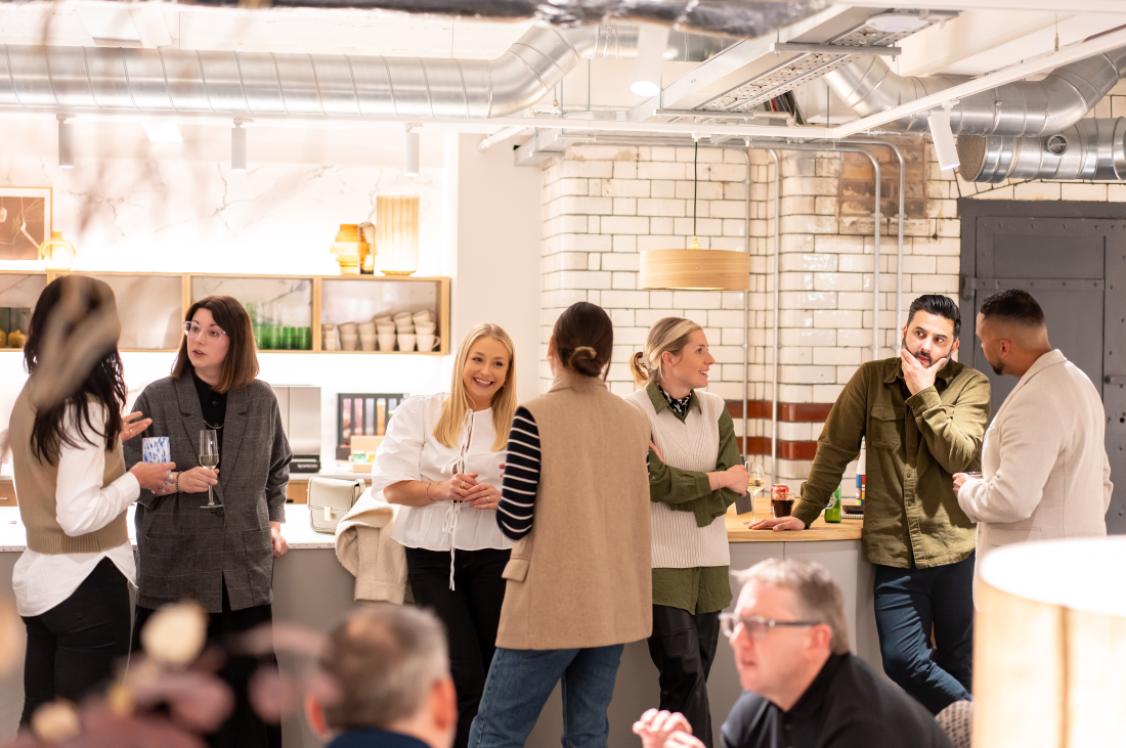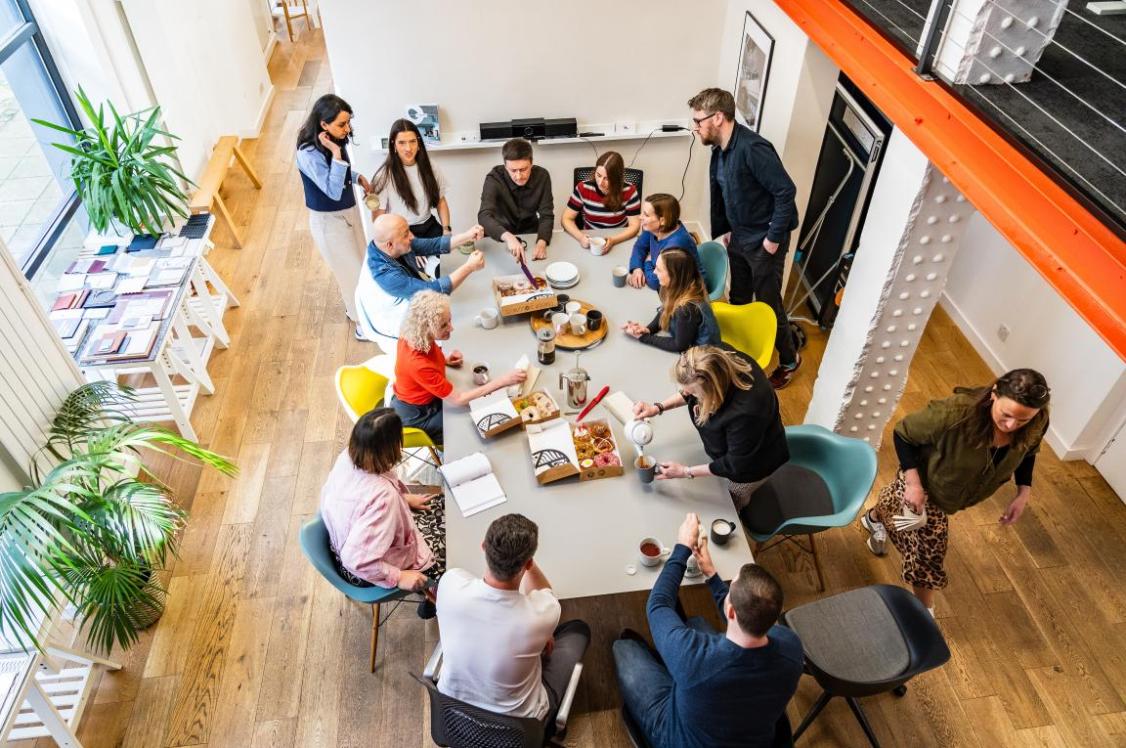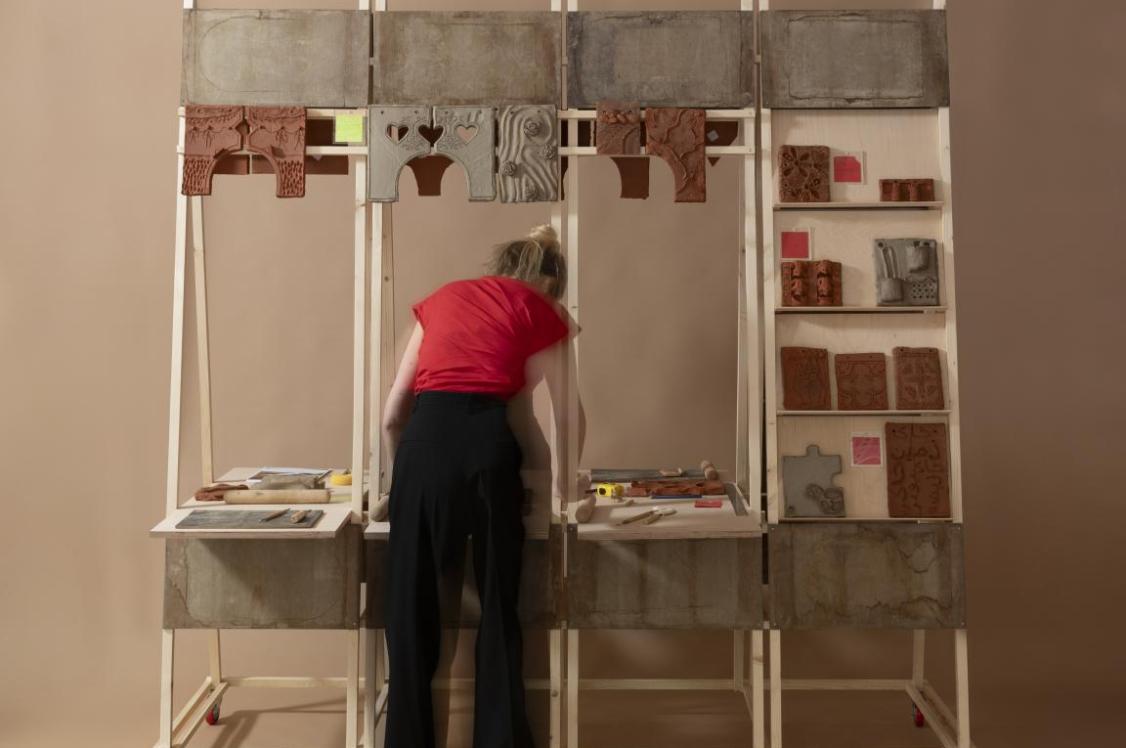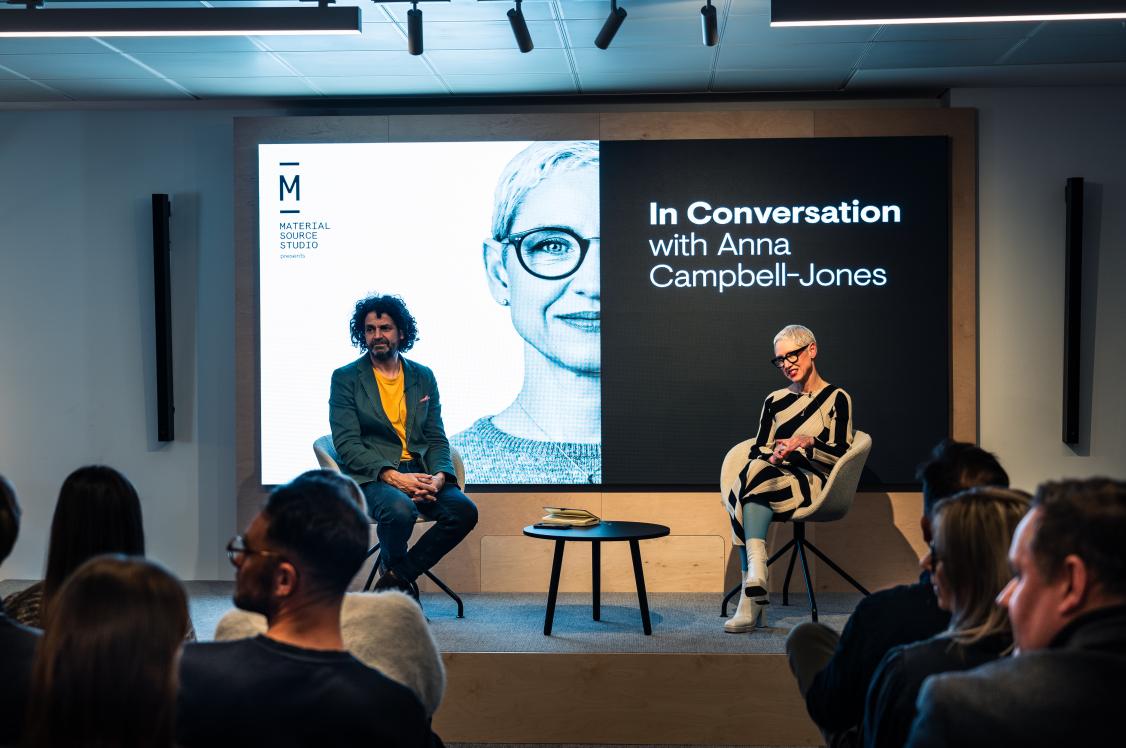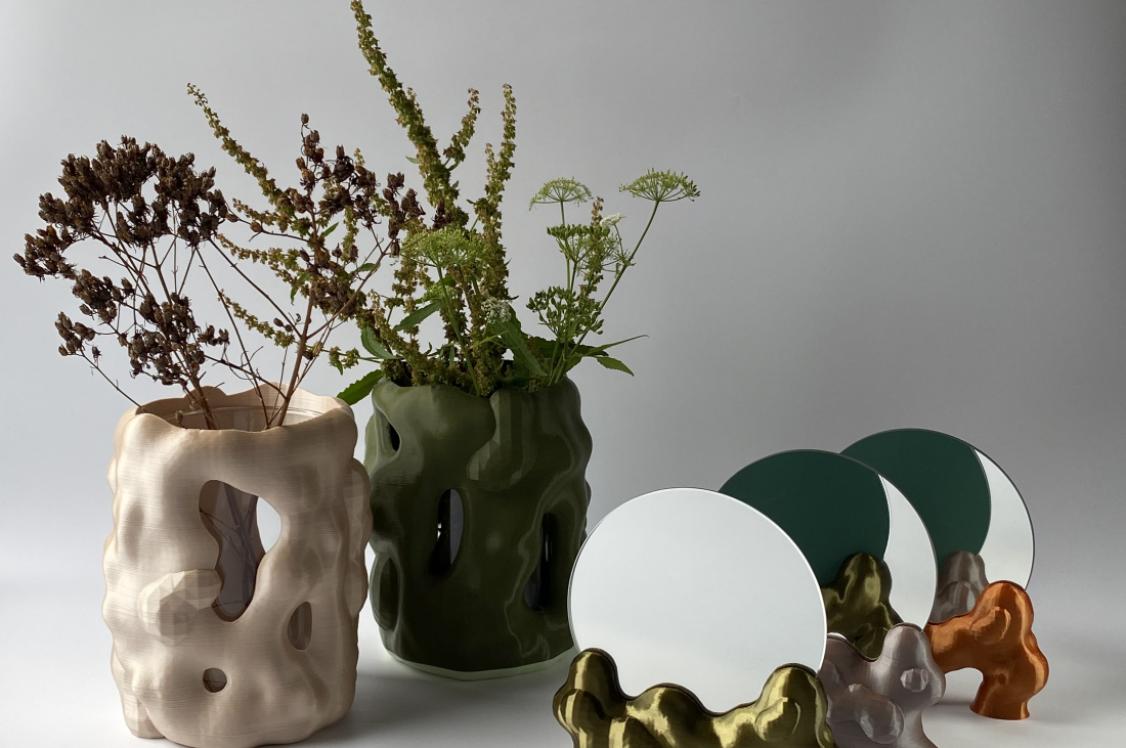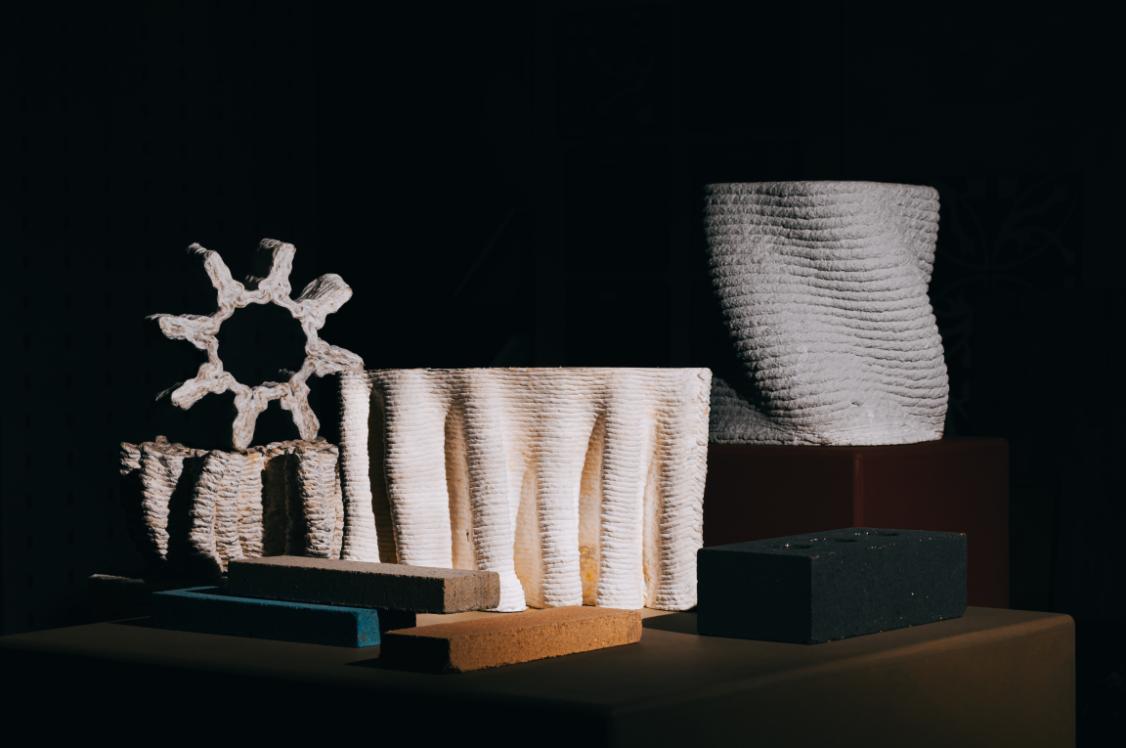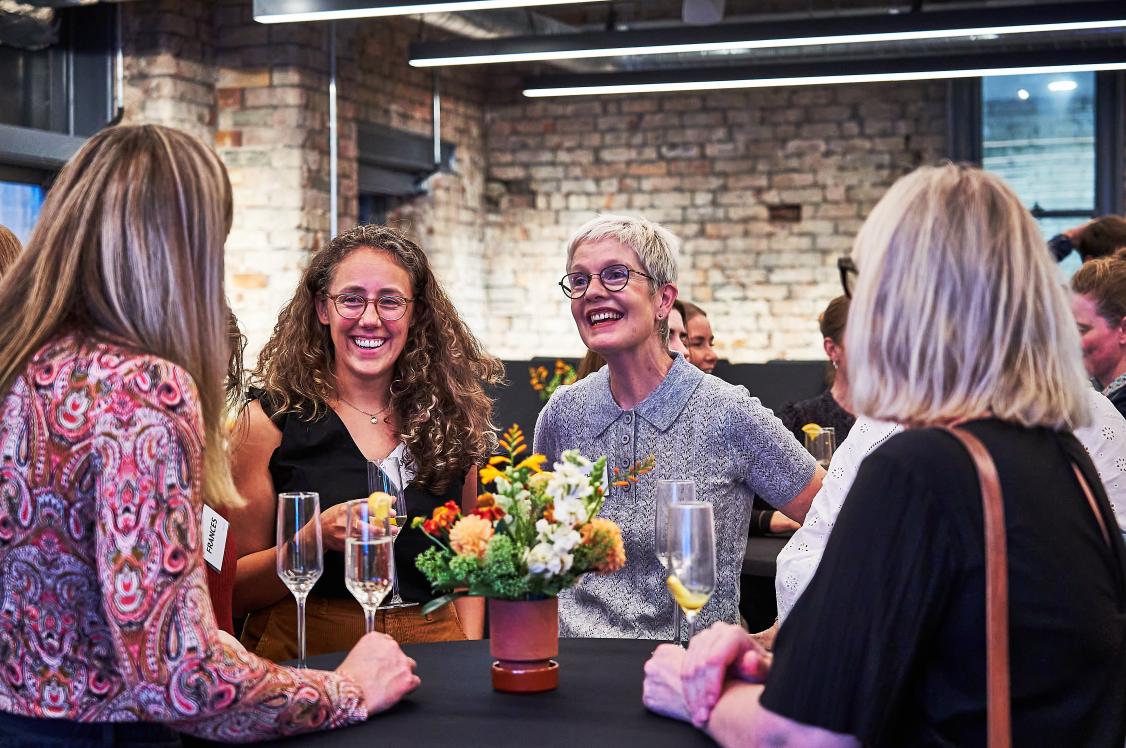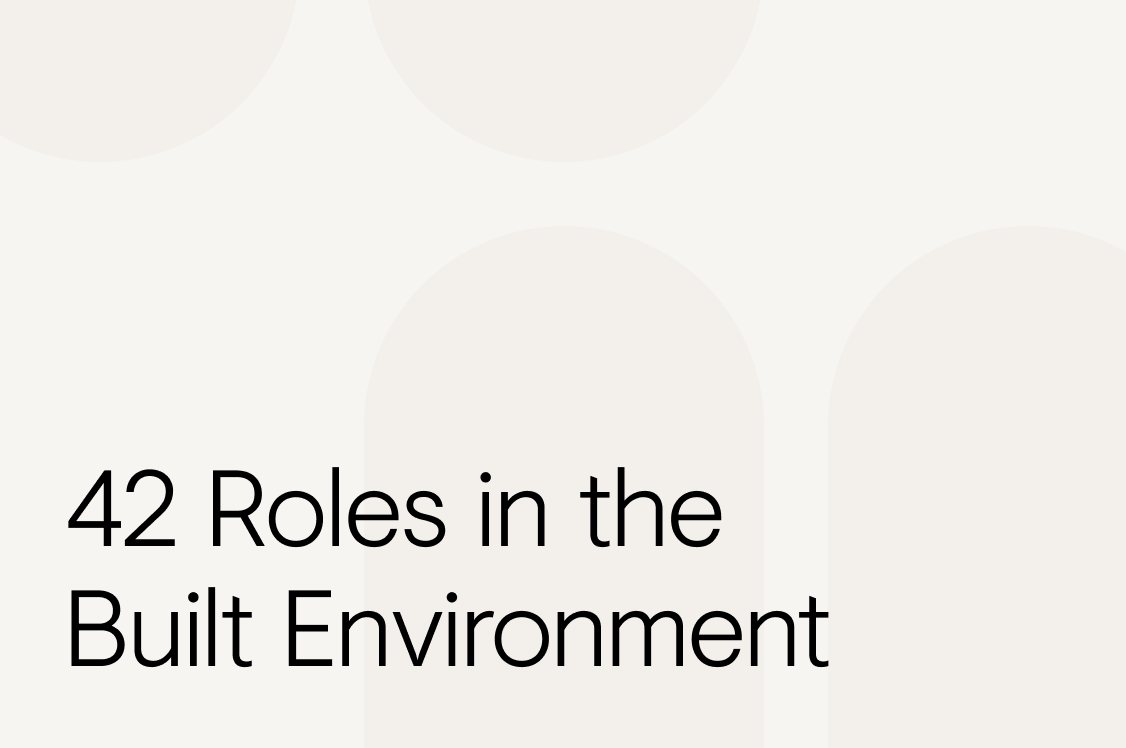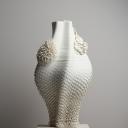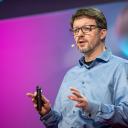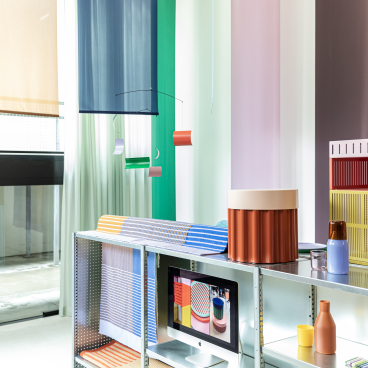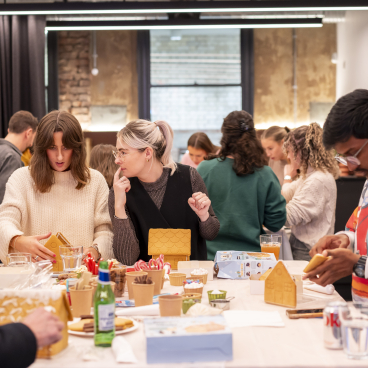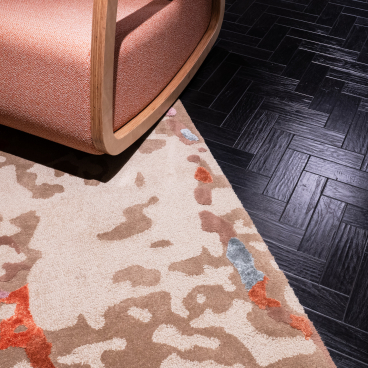Sam Roberts, BIM manager, TP Bennett, on the role of digital twins in supporting Net Zero.
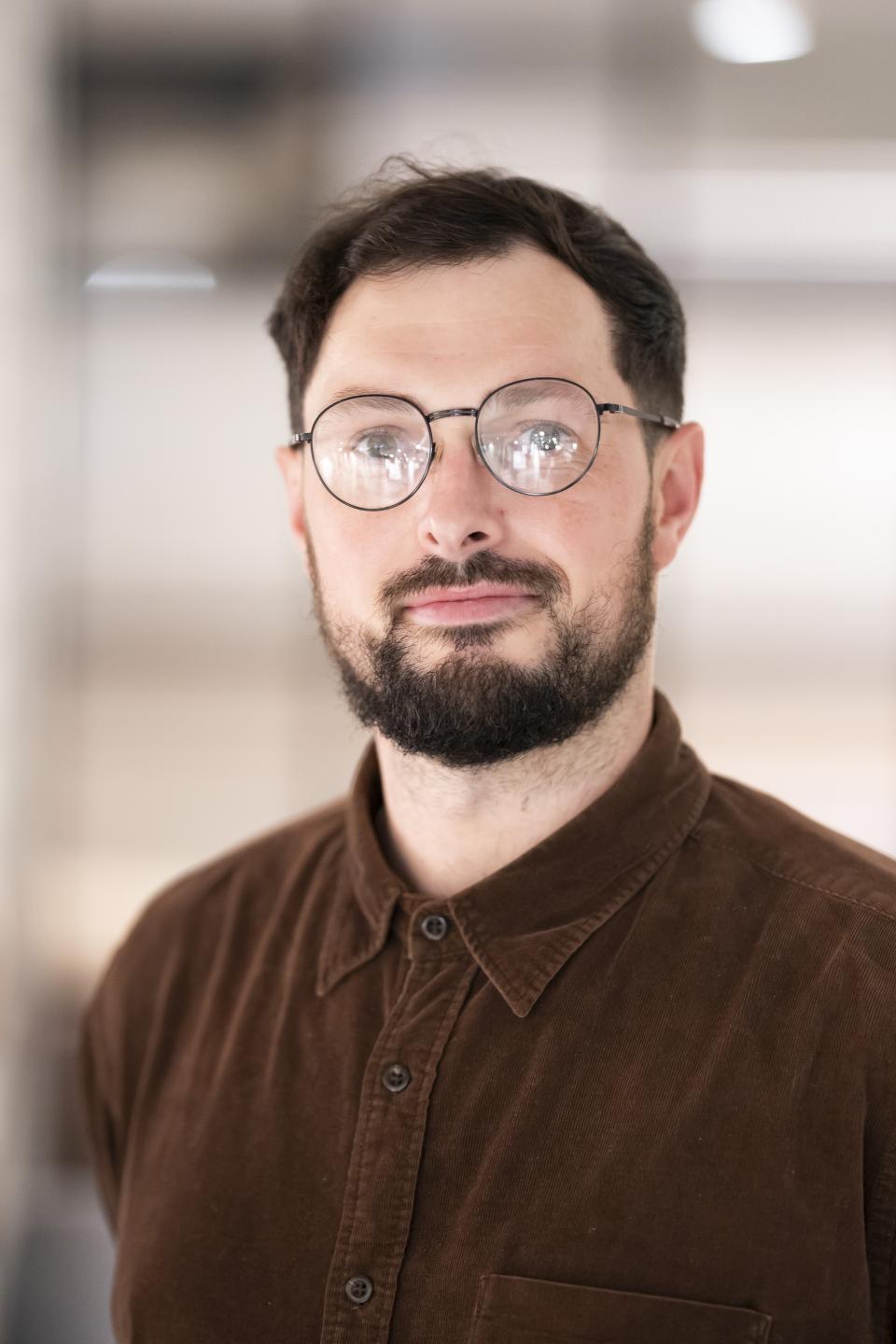
Credit: Victoria Middleton
Could digital twins be the key to hitting the Net Zero targets? Sam Roberts, BIM manager at TP Bennett, believes they could well be.
"80% of office buildings which exist today will still be in use in 2050" - commented Sam during our recent chat. Pair this with the fact that 40% of annual global CO2 emissions are produced by the built environment, and quite rightly, we can expect to see in the coming years an acute focus on how our buildings perform. And, in response, an increased need for digital twins.
This conversation followed on from our latest roundtable, on the topic of data, where Sam's insight into the potential of digital twins particularly struck a chord. We were keen to find out more about TP Bennett's activity in this area, and understand how the practice has not only embraced such tools in supporting a more sustainable future, but is actively creating them.
A quick Google search on 'digital twins' throws back very positive results - 'revolutionary', 'growth', 'faster', 'value', 'more connected' being just some of the keywords that reflect the general sentiment. But when it comes to adoption in our particular sector, is the uptake as great as it is for, say, the aviation and engineering industries, or supply chain efficiency as McKinsey reports? And if not, why not? We asked Sam for his views...
What’s your professional background?
“I’ve been in the industry for over a decade, beginning my career in my hometown of Shrewsbury at a small architectural practice as a technician. The company I worked for were not only designers but also created software, we were one of the earlier teams developing apps and add-ins for Revit. We also focused on creating digital content for manufacturers, and created a lot of the early BIM libraries. This blend of design and technology sparked my interest in how computational tools can help enhance our work.
“After graduating from university, I moved to Manchester, where I primarily worked with Interior Design firms, helping to implement BIM strategies. For the past seven years, I’ve been with TP Bennett and recently, my focus has shifted from project work to analysing the software ecosystem we use daily.”
What does your role at TP Bennett involve?
“At TP Bennett, my role is a BIM Manager with a strong emphasis on system development. My role is primarily focused on the technology we use, analysing our outputs, and driving innovation to ensure high-quality results while streamlining the processes to achieve them.
“A significant part of my work is outside the traditional project environment, collaborating with the rest of the BIM team to establish company standards for design production. I’m also deeply involved in testing new software working closely with software suppliers and developers to ensure our tools effectively meet the needs of our designers.”
What is a digital twin?
“For most projects we deliver today, we create a digital 3D model of the design space to assist in coordinating both design and construction. A digital twin takes this concept further by extending the use of the model from the delivery phase into the operational phase, creating a precise digital replica of the as-built space.
“This digital twin can incorporate large amounts of information to support asset and facility management. Also, by integrating sensors into the physical space, we can link real-world data back to the digital counterpart. This enables real-time monitoring of the building's performance and provides valuable insights into how the space is being used. All this data is presented through an interface that visually mirrors the physical environment, offering us clear visibility to analyse and optimise building operations.”
How does your specialism in BIM fit with your colleagues' work in practice?
“For a long time, BIM was often perceived as simply ensuring teams transitioned from CAD to Revit. However, I believe there’s now a much greater awareness of how BIM can enhance workflows and bring value beyond software choice. Recently, much of our BIM-related work has focused on updating our standards to comply with the new ISO 19650 requirements. While this may seem like a less glamorous task, it’s essential to ensure that our projects meet compliance without disrupting how our teams work.
“At the same time, we’ve been exploring more innovative aspects of computational design. This includes testing and implementing new technologies like generative design, AI, and advanced automation tools to help our teams push creative boundaries and allow more time for design.”
Digital twins have been positioned as the key to decarbonising the built environment. How will they do this?
“Much of the focus with digital twins is on energy consumption, we’re aiming for a broader impact—specifically, influencing human behaviour by providing clear visibility into how our habits affect the performance of our environment. Digital twins are still in the early stages of maturity, but the ultimate goal is to create systems that maintain an optimal balance between human comfort and energy efficiency by feeding the data back into smart technology within our spaces.
“A great example of this concept is the use of light sensors on individual desks, connected to dimmers for the overhead lights. When natural ambient light provides sufficient illumination, the system automatically dims the lights to deliver only the additional brightness needed. This approach not only saves energy by reducing unnecessary lighting but also ensures that the user’s environment remains consistently optimal for comfort and productivity. It’s a small but impactful step toward creating smarter, more sustainable spaces.”
Some peoples’ perception is that digital twins are expensive? Are they? And what’s the short term outlay versus long term maintenance?
“The market for IoT (Internet of Things) sensors is expanding rapidly, with greater variety and increasingly affordable prices. Naturally, our offices are also becoming smarter, generating a wealth of existing data that can often be integrated into a digital twin at no additional cost. The wide variety of sensors available today allows you to tailor the insights you gain to fit your budget. However, if the goal is to accurately track the utilisation of an entire office, placing a sensor on every desk is necessary—making the initial investment in sensors the largest expense.
“We are exploring the possibility of purchasing sensors at the earliest stage and using them to conduct a study in the client’s existing space. This approach maximises the value of the initial investment while providing valuable insights early on. By doing so, the client can gain a better understanding of how the digital twin will function and identify the specific metrics they want to track. This ensures that the final solution is tailored to their needs and delivers a more informed and effective outcome.”
How hard a ‘sell’ is a digital twin to clients?
“While digital twins are still in their early stages, it can be challenging to get clients to fully commit, especially since we don’t yet have a large number of case studies to showcase or concrete data on potential savings. However, we’re seeing increasing demand for them and get asked about them from our clients more frequently.
"I believe it won’t be long before offering digital twins becomes a standard option on all of our projects."
Is there a regional/national contrast in uptake?
“Throughout our digital twin journey, we have maintained a close affiliation with Autodesk, given their global reach and extensive software offerings. The comparisons we often encounter are between the UK and the US markets. In both, the digital twin is still emerging as a solution and remains relatively new software. From the case studies we've seen, the US appears to have a broader range of projects utilising digital twins.
“Last year, we were invited by Autodesk to speak at Autodesk University in the US, where we shared our digital twin journey. We had the opportunity to present alongside representatives from the Wright Museum in Detroit, who worked with Autodesk to develop a digital twin for tracking the popularity of their exhibitions, monitoring how visitors navigate the building, and ensuring the environment is optimal for preserving their art collections. I haven't seen many examples like this in the UK yet, but I believe that once digital twins start being used here in public buildings, and people can witness the tangible benefits, we will see a much higher uptake of digital twin technology.”
How can manufacturers and suppliers support architects in building digital twins? What do they need to supply in terms of digital assets?
“At the most basic level, having digital content built to an appropriate Level of Development (LOD) ensures it is both graphically accurate and rich in key information, such as manufacturer details, model numbers, and contact information. All of this data can be incorporated into our digital twin, and if this information already exists, we can automatically map it into the system for greater efficiency and accuracy.
“One of the next natural steps we’re exploring is integrating element and material passports into our models. We’ve been collaborating with Orms and Lancaster University to develop a unified format for material passports. Working closely with manufacturers to produce these passports will bring significant benefits and streamline the process.
“Additionally, I believe it won’t be long before IoT sensors are seamlessly integrated into our furniture. If we’re already placing sensors on every desk, it makes sense to look toward smart desks that already have this capability built in. This would allow the sensor to be integrated more discreetly, reducing costs and improving efficiency. While I’m not certain how soon this will become widespread, choosing a higher-spec desk from the outset could help lower the initial sensor investment, making it a more valuable asset in the long run.”
Are some better than others?
“Absolutely! There are still significant gaps in the availability and quality of digital content across the industry. Many manufacturers created content when Revit first gained popularity, and some of the content I developed at my first job 12-years ago is still being used today. While our needs and requirements have evolved over time, the digital content has yet to fully catch up. I would strongly recommend that all manufacturers review and update their digital content if they haven’t done so in the last five years.”
Once handed over to the client, are you finding their teams are trained in using/updating digital twins?
“Our aim is to ensure that our digital twins are as intuitive as possible by custom-building dashboards and creating a clear hierarchy, so that each user only sees the data relevant to their needs. A key aspect of this process involves managing change effectively, particularly when implementing interventions and tracking progress. As we continue to create more digital twins and complete studies at the six-month, one-year, and three-year marks, our hope is that our clients will become increasingly proficient in understanding the data and using it to make informed decisions.”
Has other building smart tech i.e. IoT / heat mapping caught up to empower digital twins? Or is there a lag in some instances?
“I feel that it’s actually digital twins in architecture that are trying to catch up with smart tech. The construction industry has often lagged behind other sectors when it comes to innovation. Digital twins have been widely used in Aviation and Engineering for some time now. The key challenge for us is adapting these technologies and software to deliver the valuable insights that are most relevant to our industry.”
There are many instances of governments/councils embracing digital twins on a town or city-wide scale – does this technology have the potential to go even further, to offer a global view?
“Similar to the BIM mandate, which was largely driven by public sector projects, we are beginning to see a similar trend with digital twins. The government projects we work on are already incorporating digital twins into their project requirements, with specific sections focused on future-proofing buildings using this technology.
“There is significant potential for everyone to benefit from the democratisation of the data generated by digital twins both regionally, nationally and internationally. Recently, I came across a practice that published the Embodied Carbon data of all its buildings to help create industry benchmarks. While digital twin data can be a bit more sensitive, if we could share operational data anonymously, we could provide valuable insights. It’s crucial for us to be more mindful of how efficient our spaces are, identify the most effective interventions we can make, and share this knowledge to drive improvement across the sector.”
What does the future look like for the digital twin offering at TP Bennett?
“Over the past 18-months, we have been developing our digital twin service to complement our BIM offerings. We are now collaborating with clients to demonstrate how a tailored digital twin can benefit their projects. As a practice, we boast one of the largest sustainability teams in the UK, and the insights gained from these digital twins will strengthen our efforts in driving a sustainable future.
"We aim to lead the way in digital twin implementation and are committed to sharing as much information as possible throughout the process, along with the valuable insights we uncover.”
And further afield in our sector?
“I think as we push towards Net Zero by 2050 there will become an increasing amount of focus on how our buildings perform and an increased need for digital twins. 80% of office buildings which exist today will still be in use in 2050. Older buildings are the biggest consumers of energy and will undoubtedly be one of the key areas under scrutiny as the government works towards its target to reduce carbon emissions. Digital twins are still gaining momentum, but I believe they will soon become standard practice. It's essential for everyone to develop a basic understanding of what digital twins are and how they work, as their impact will only continue to grow.”






